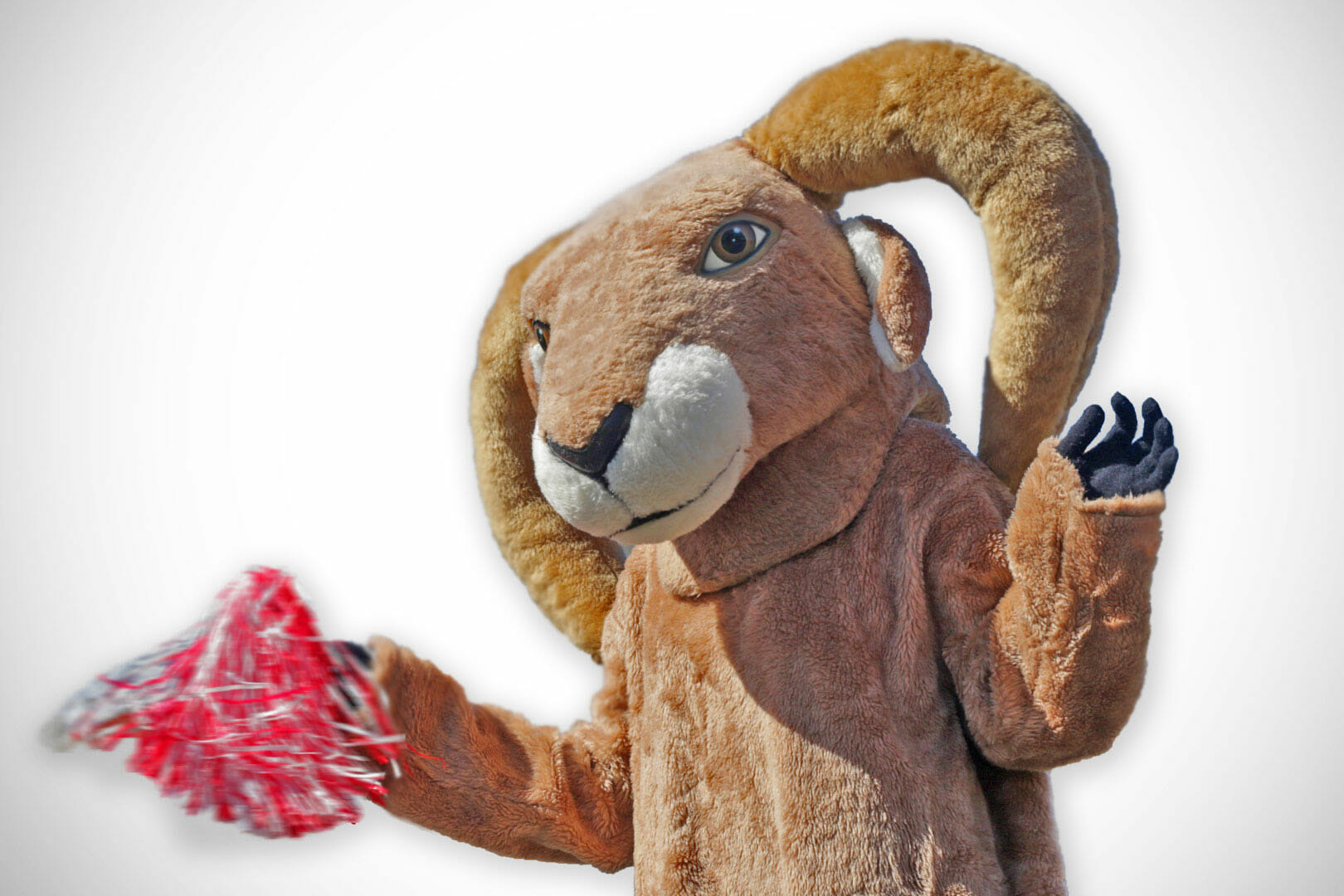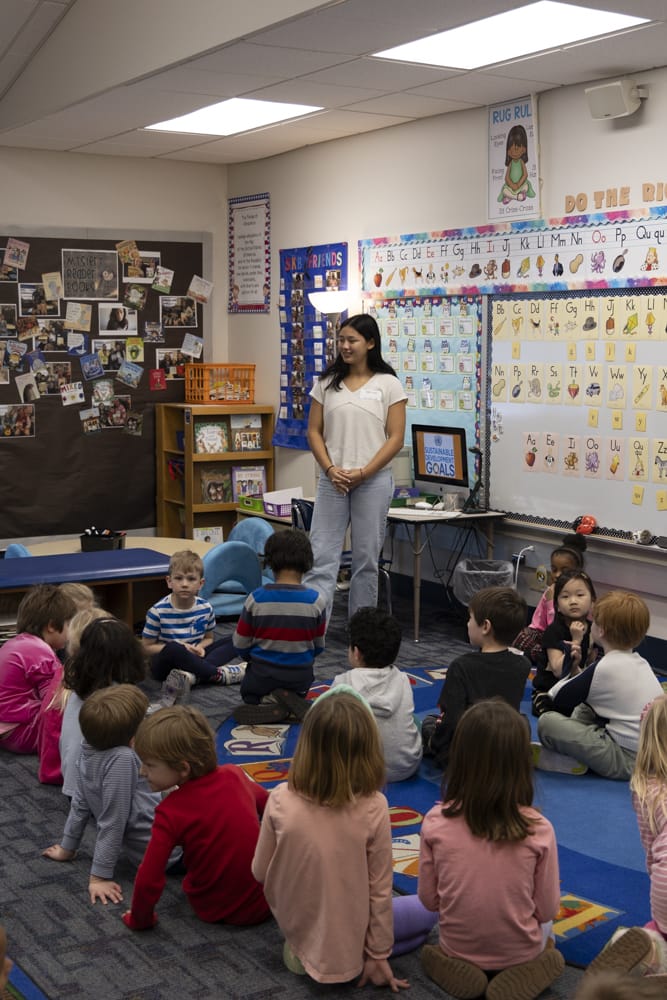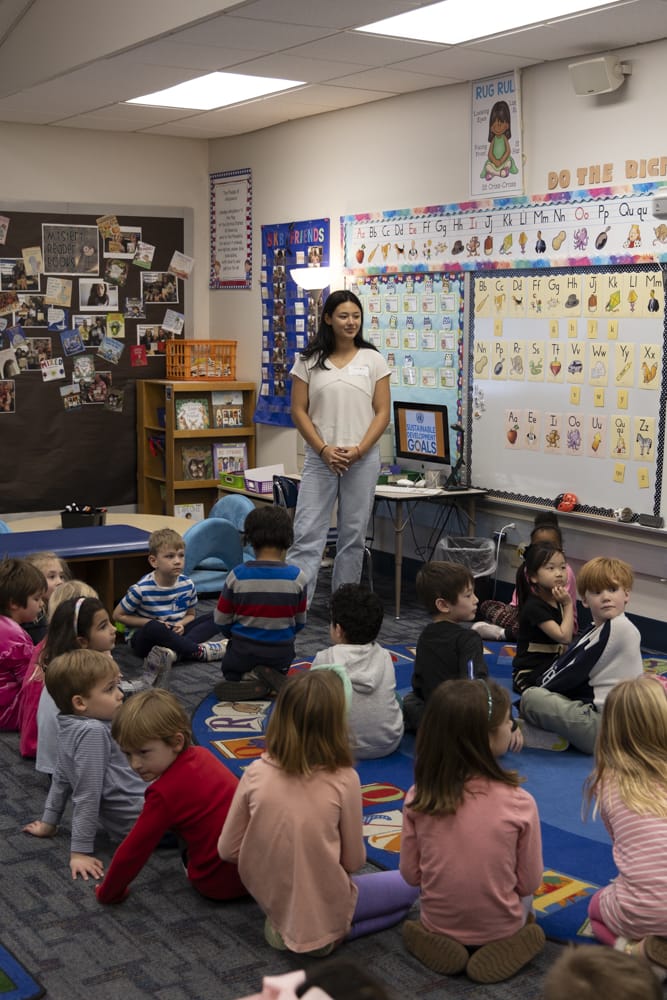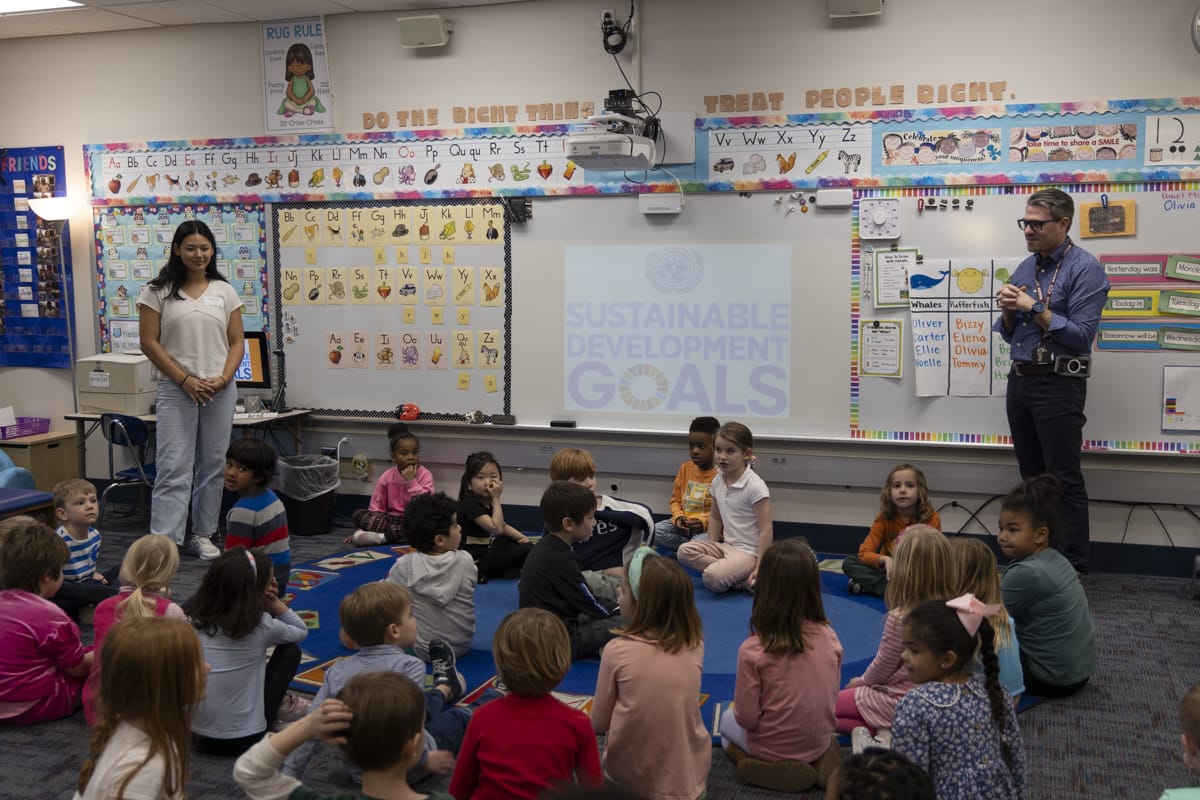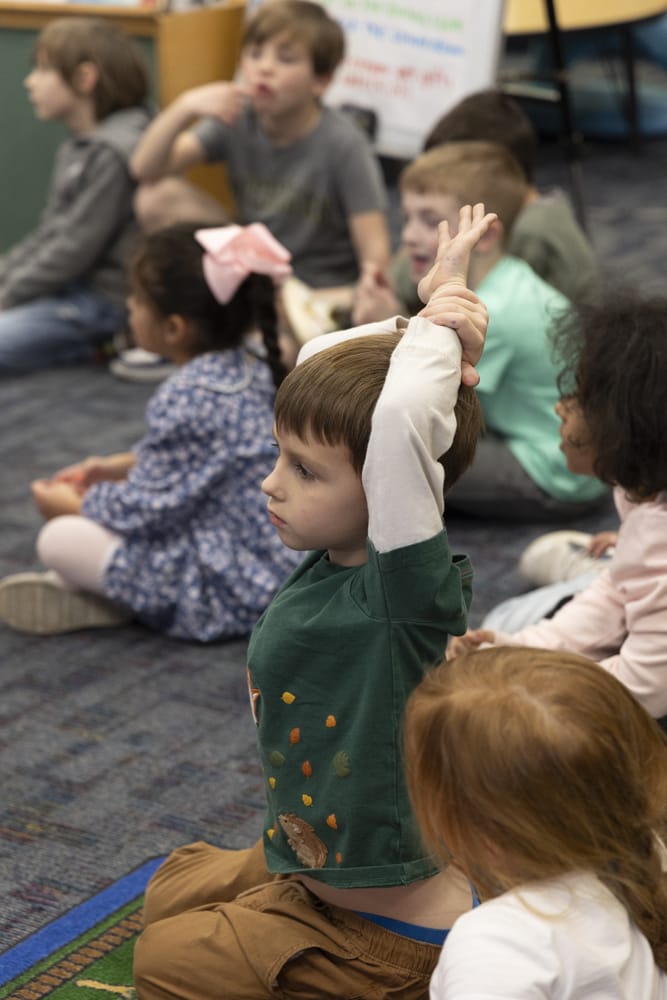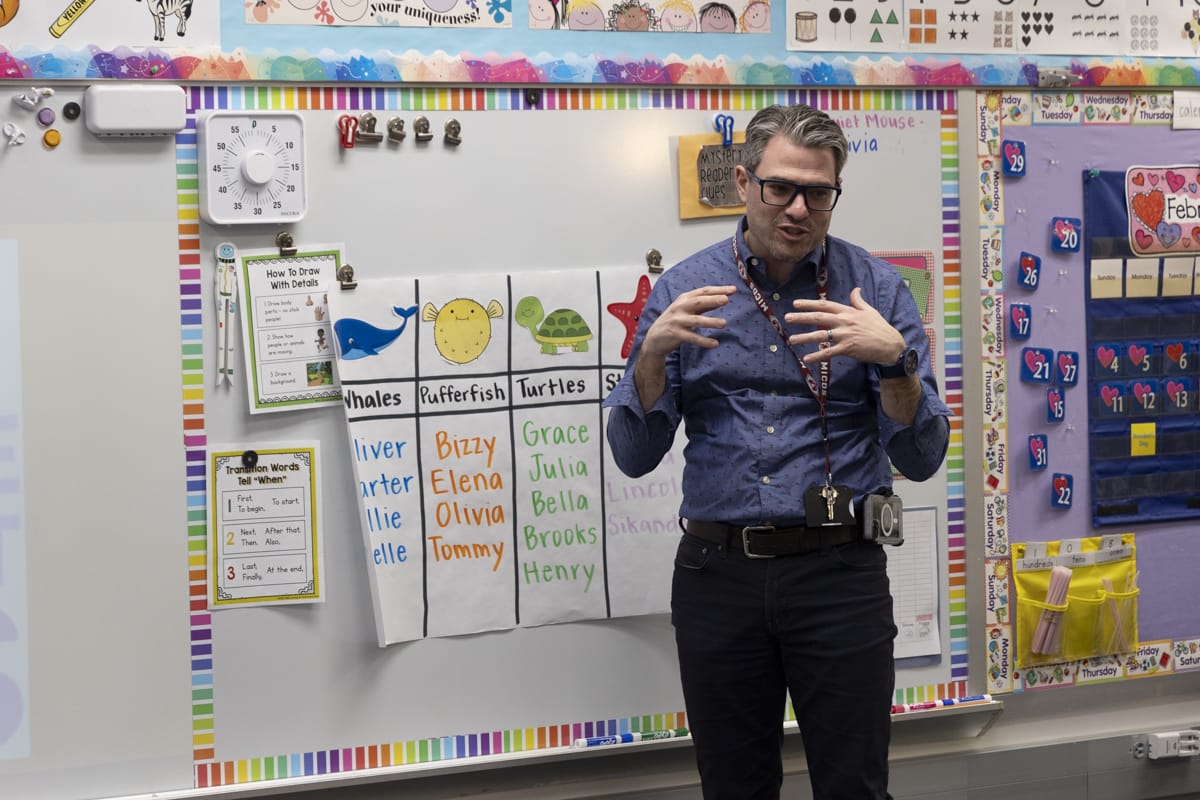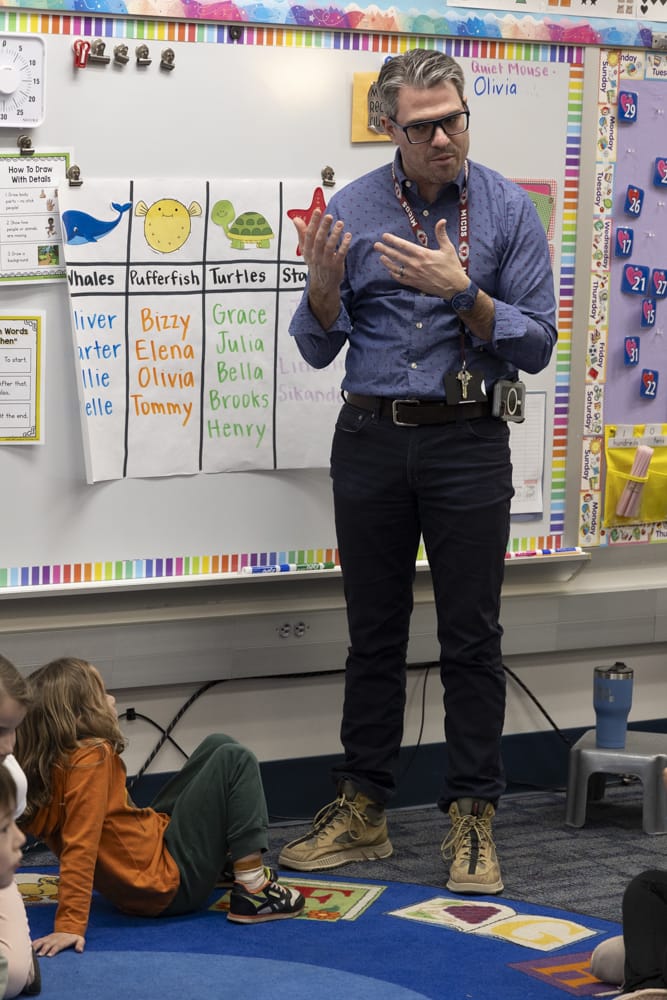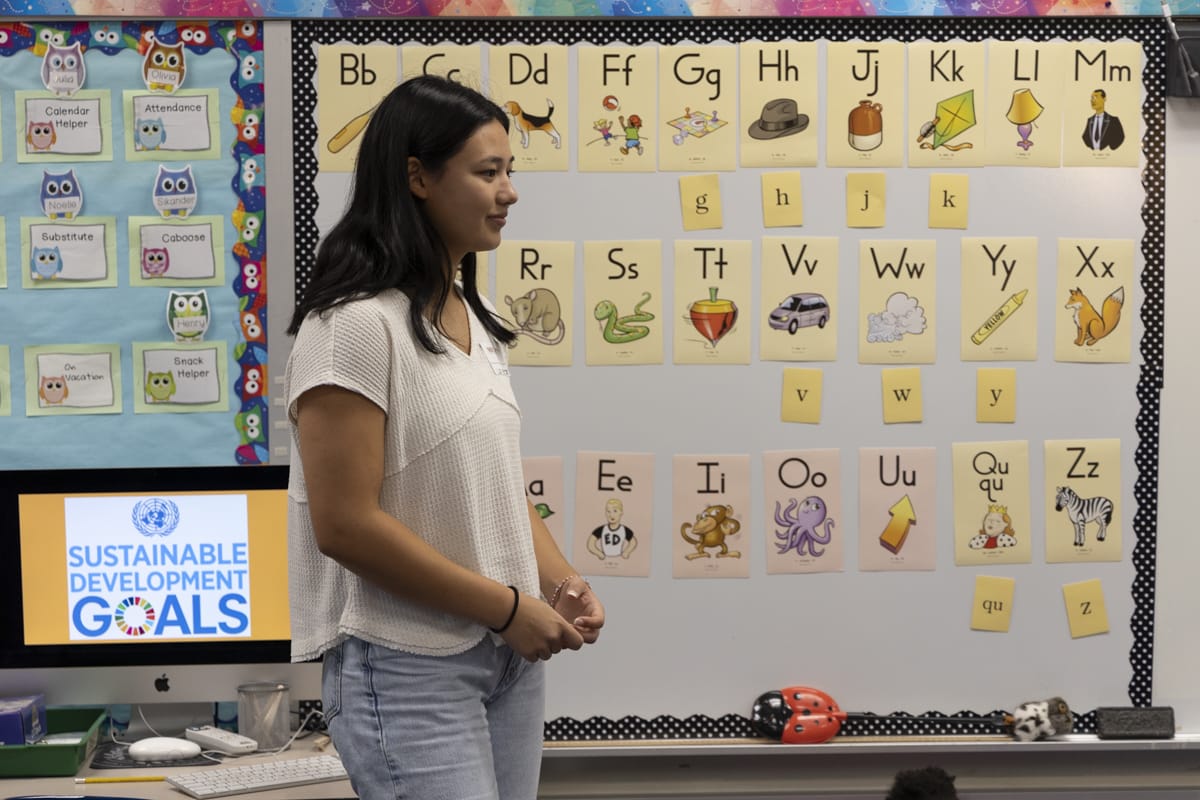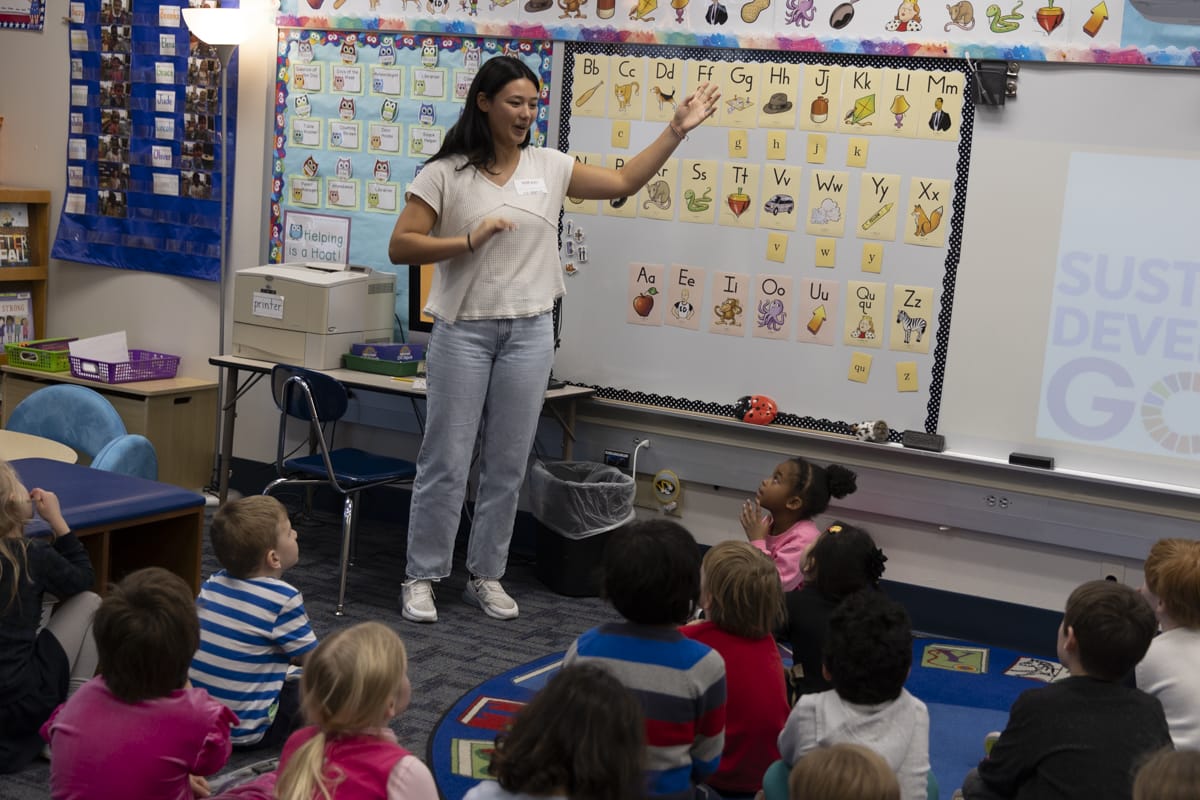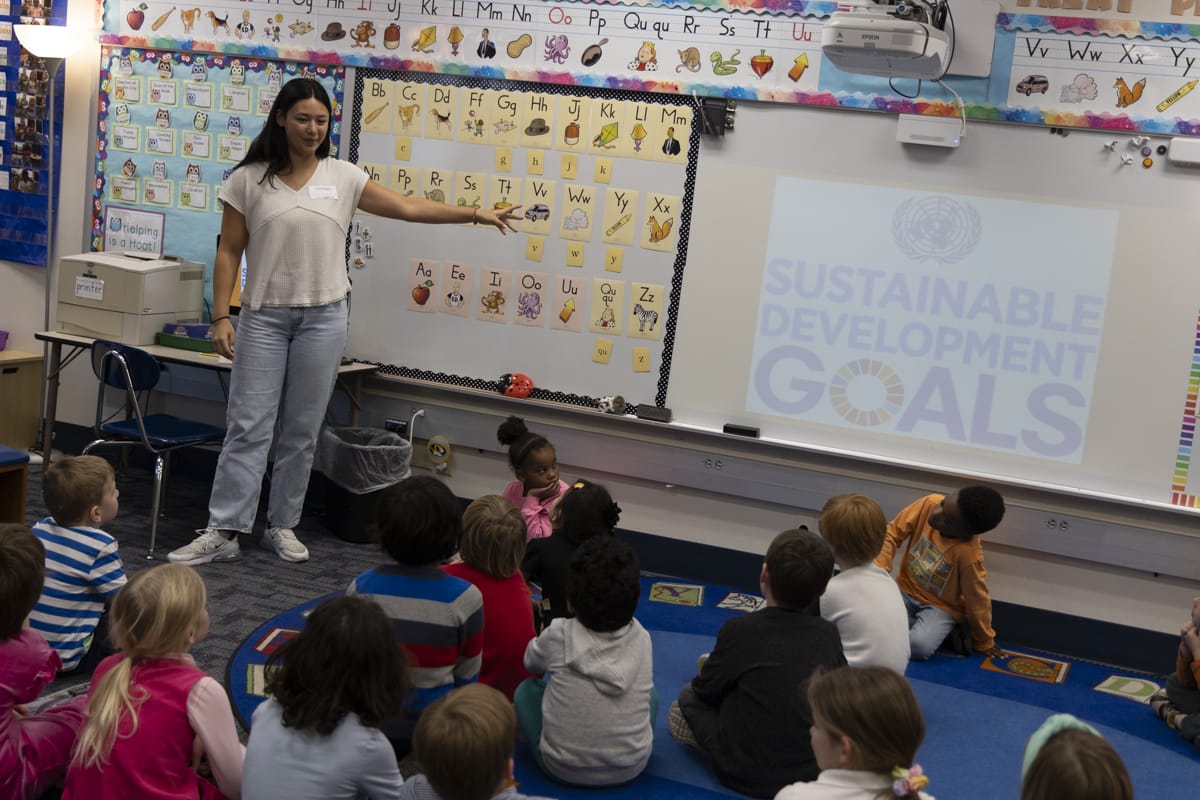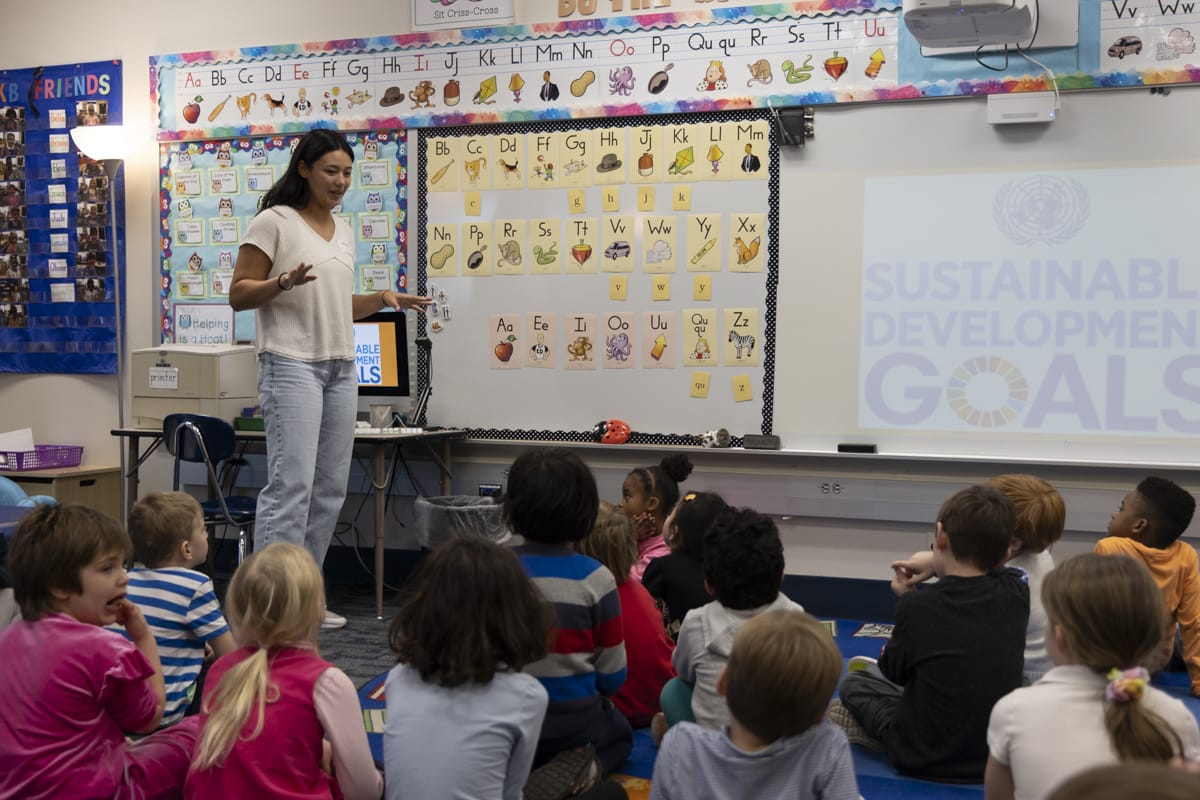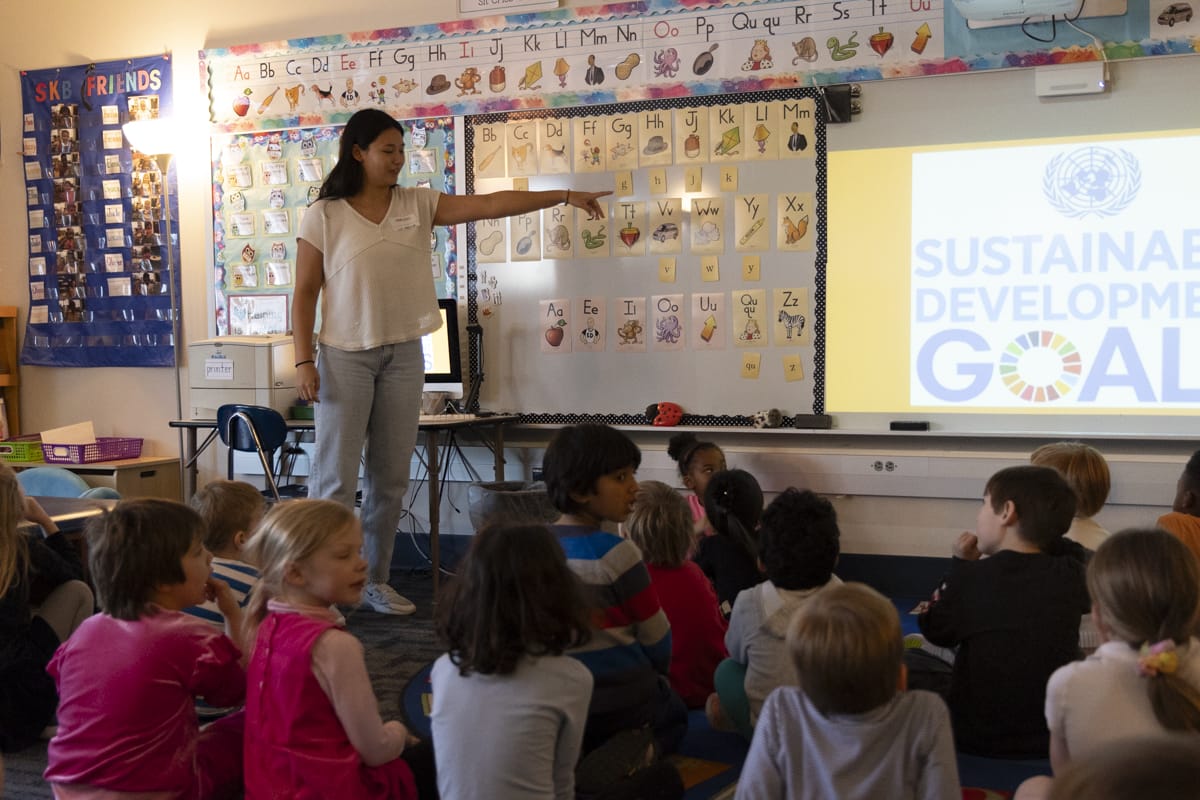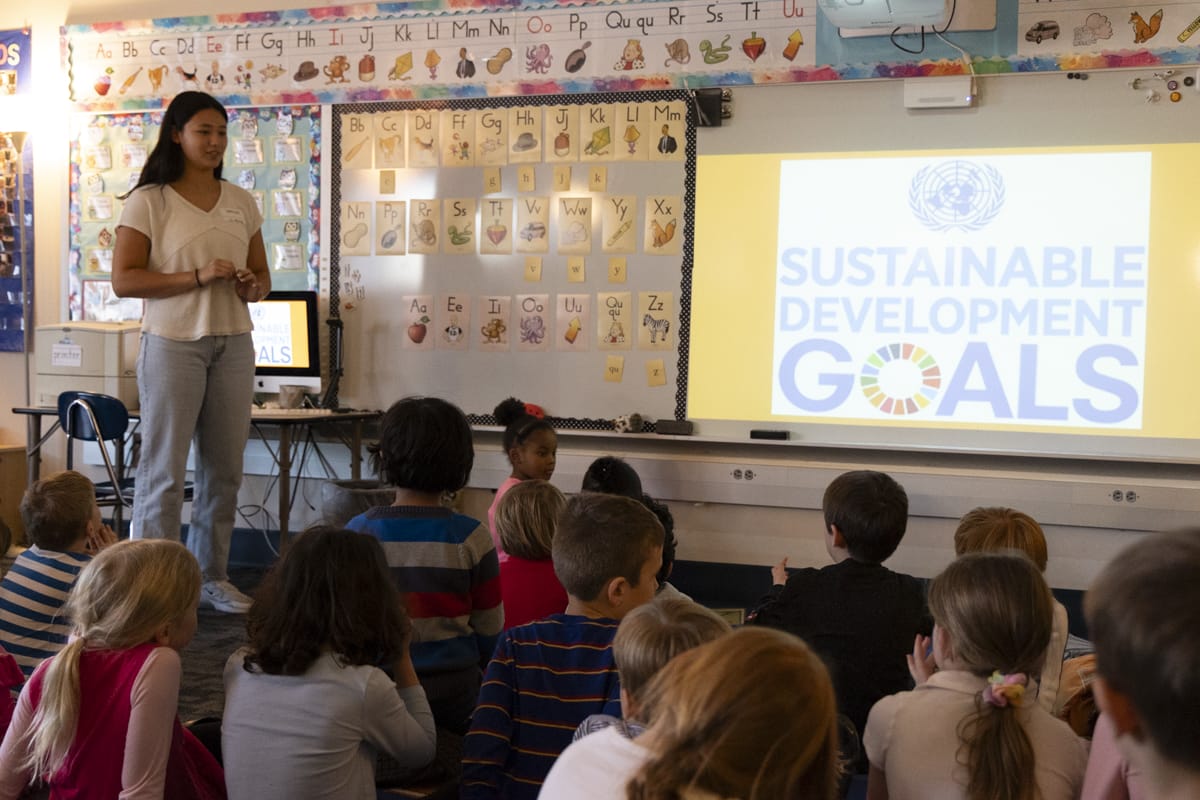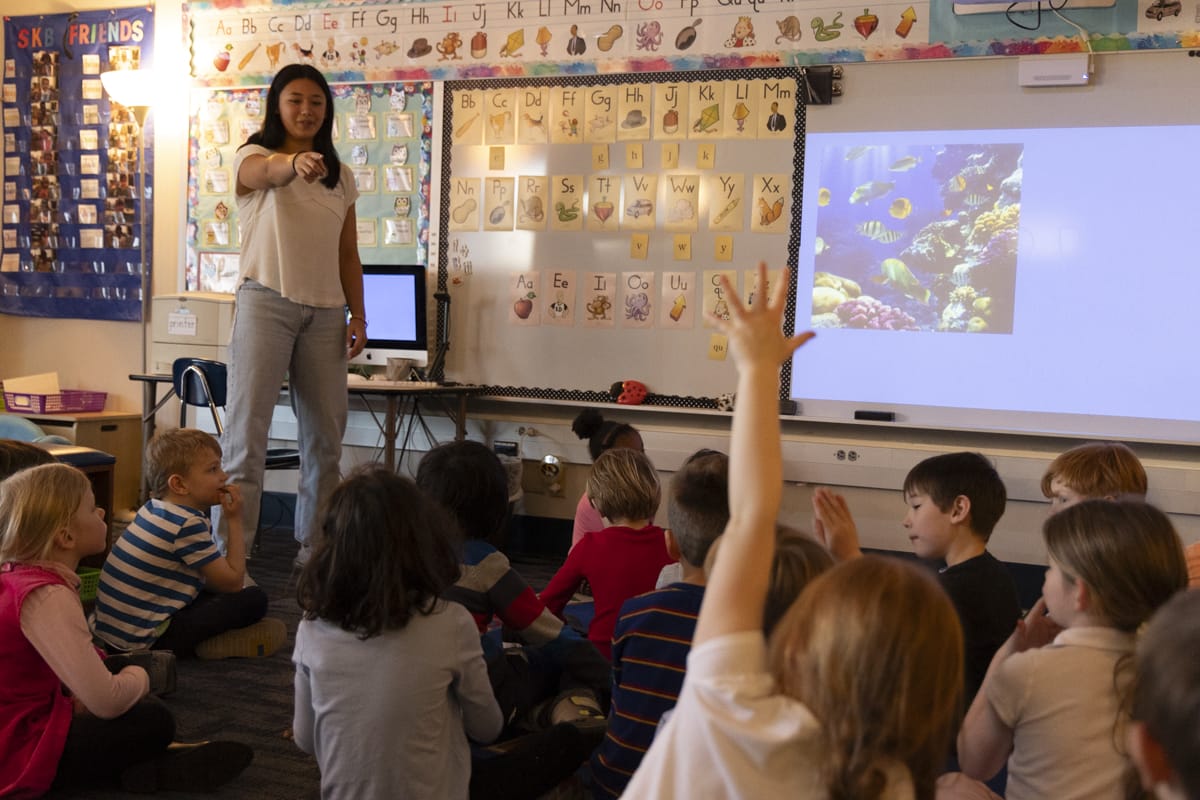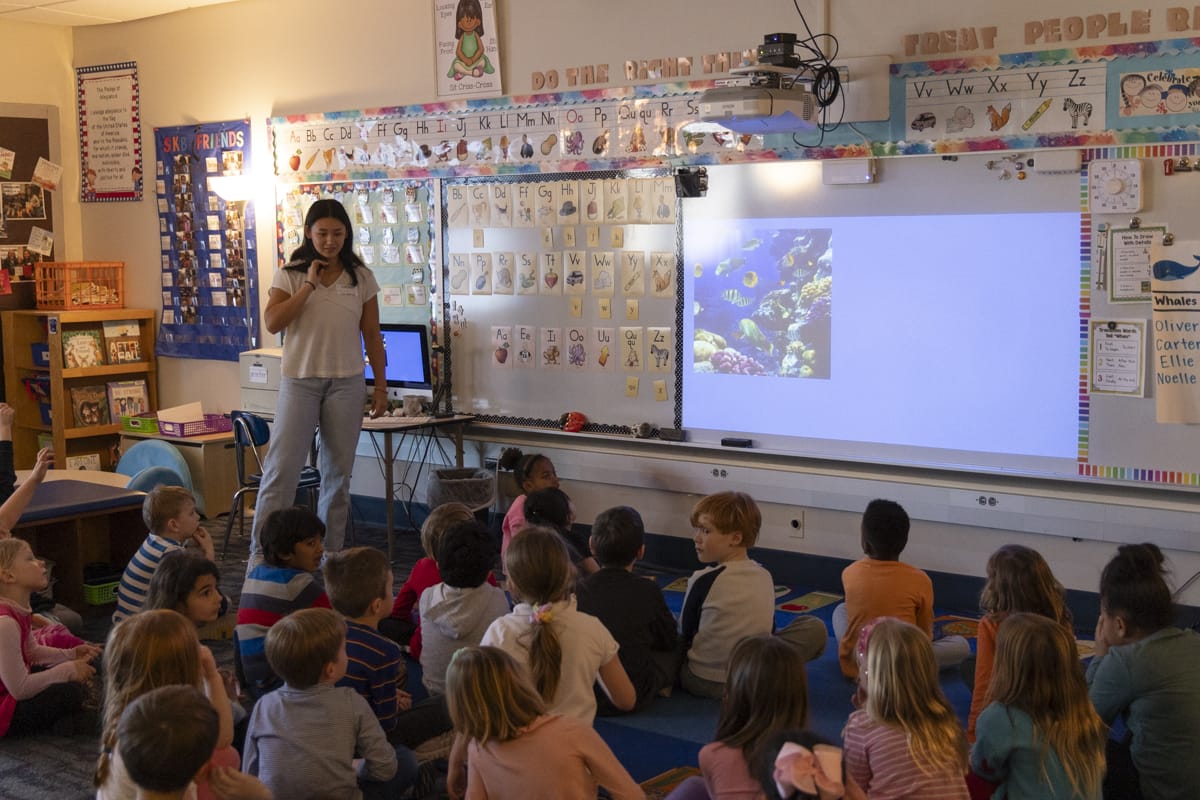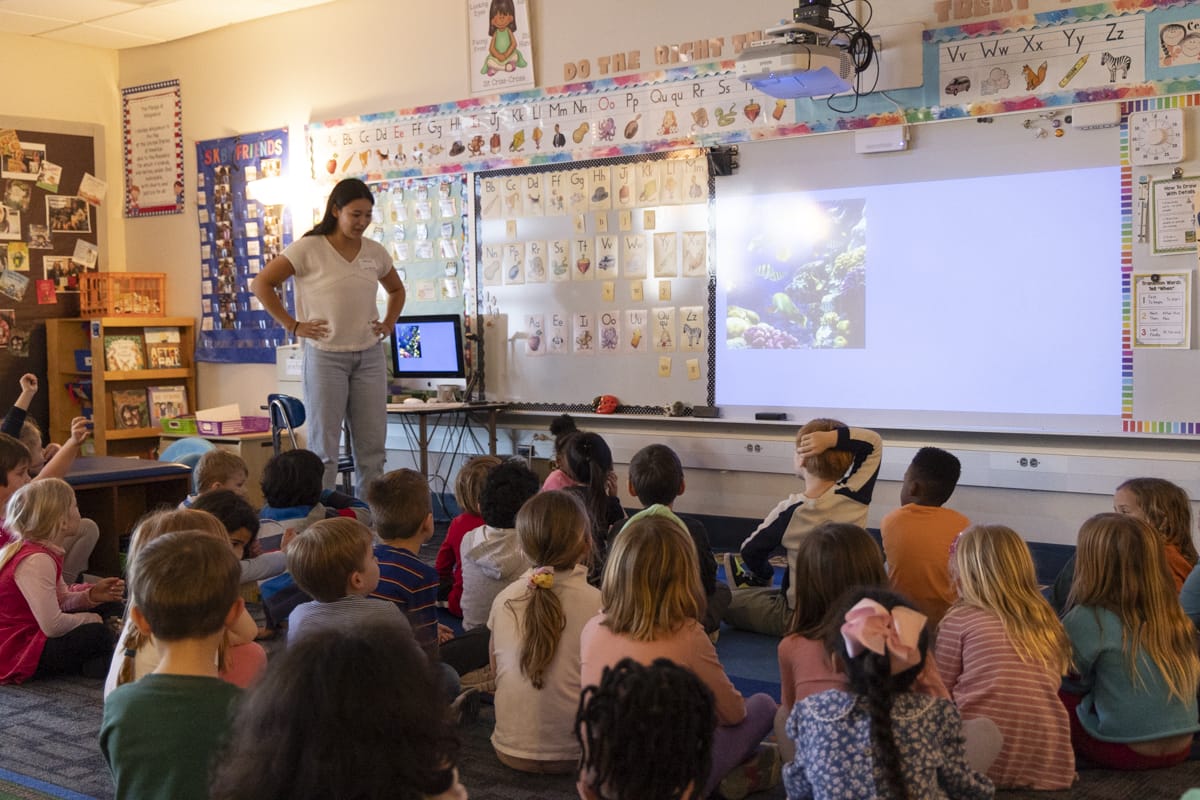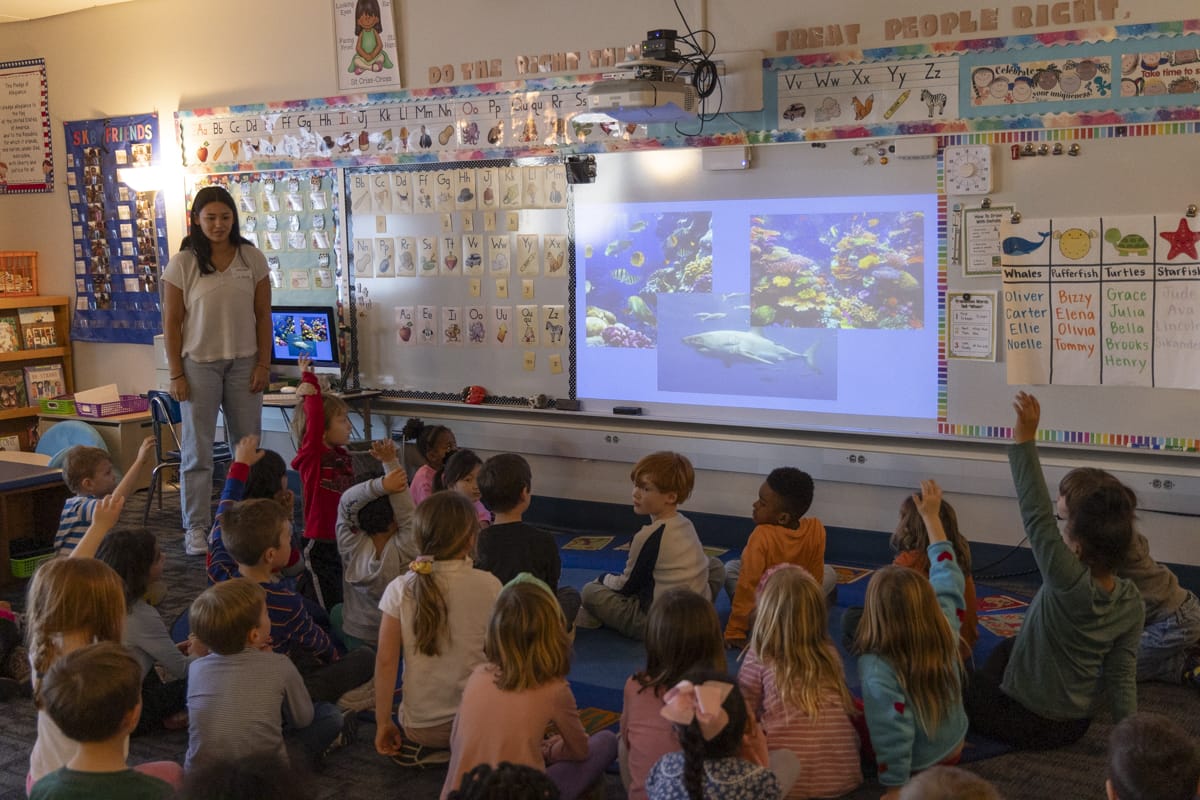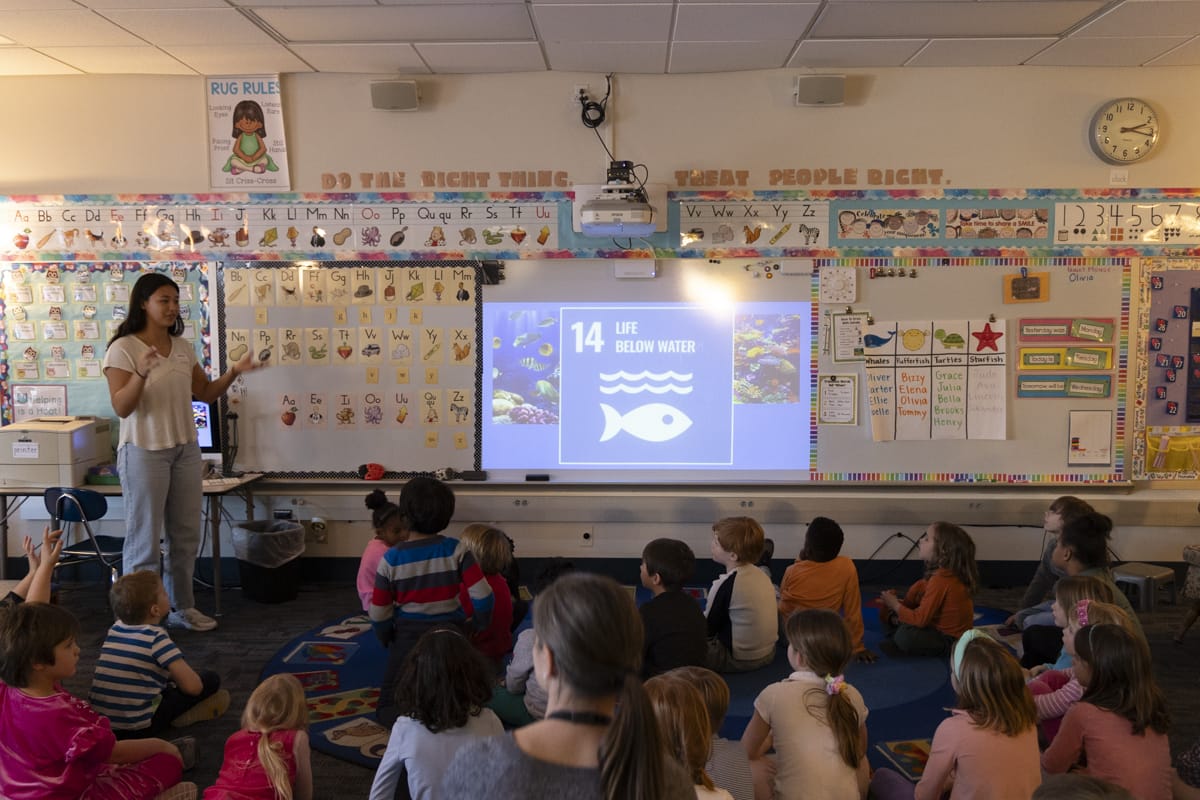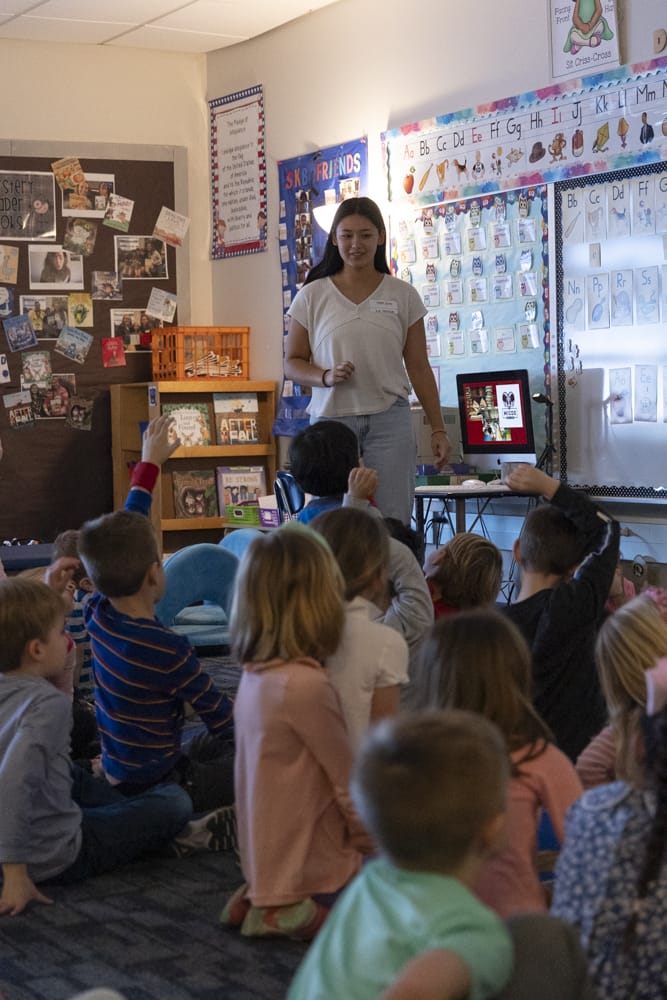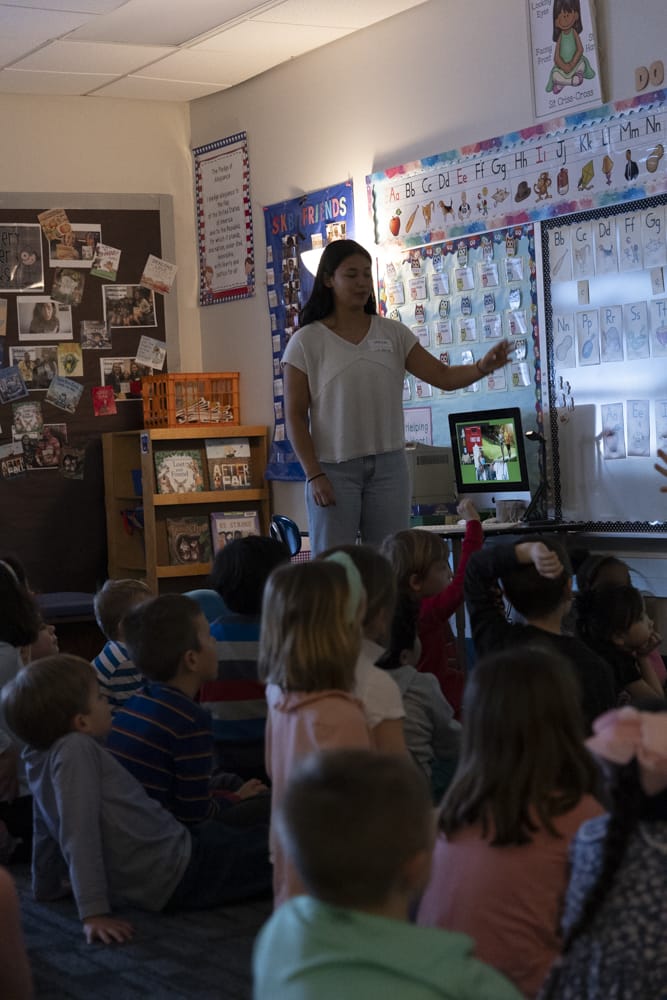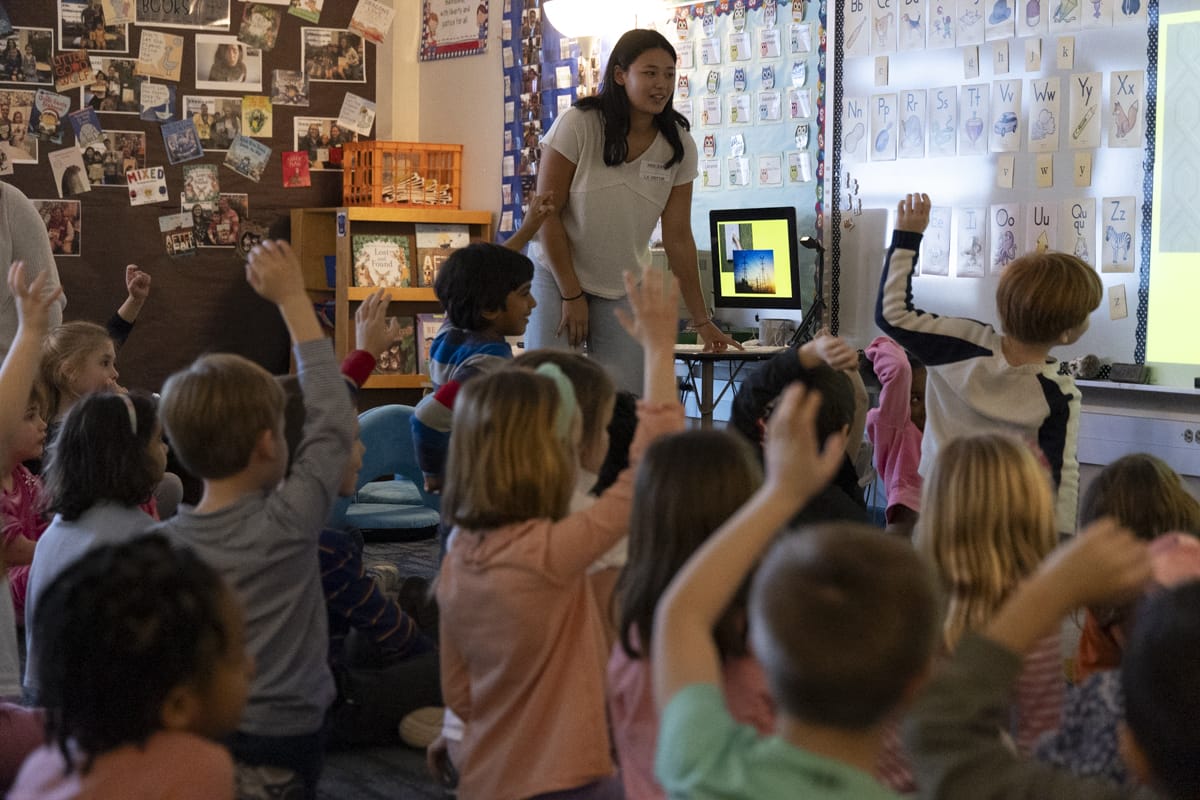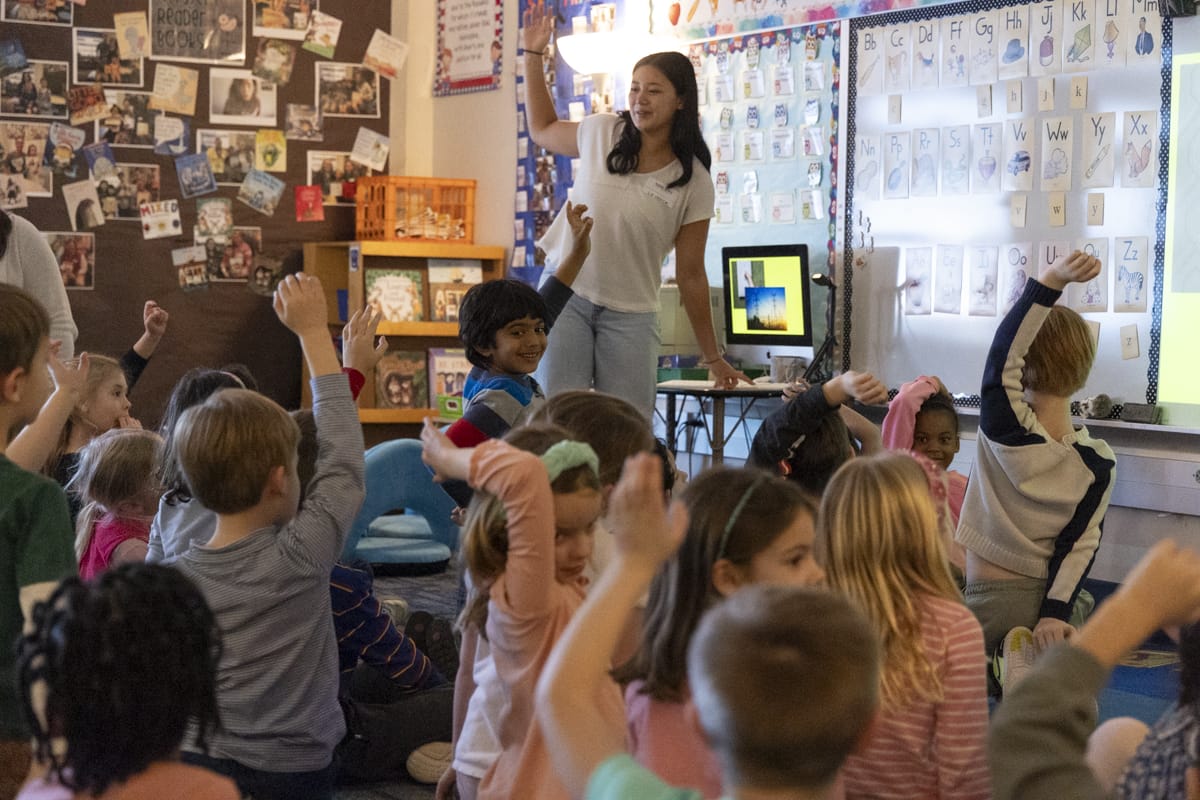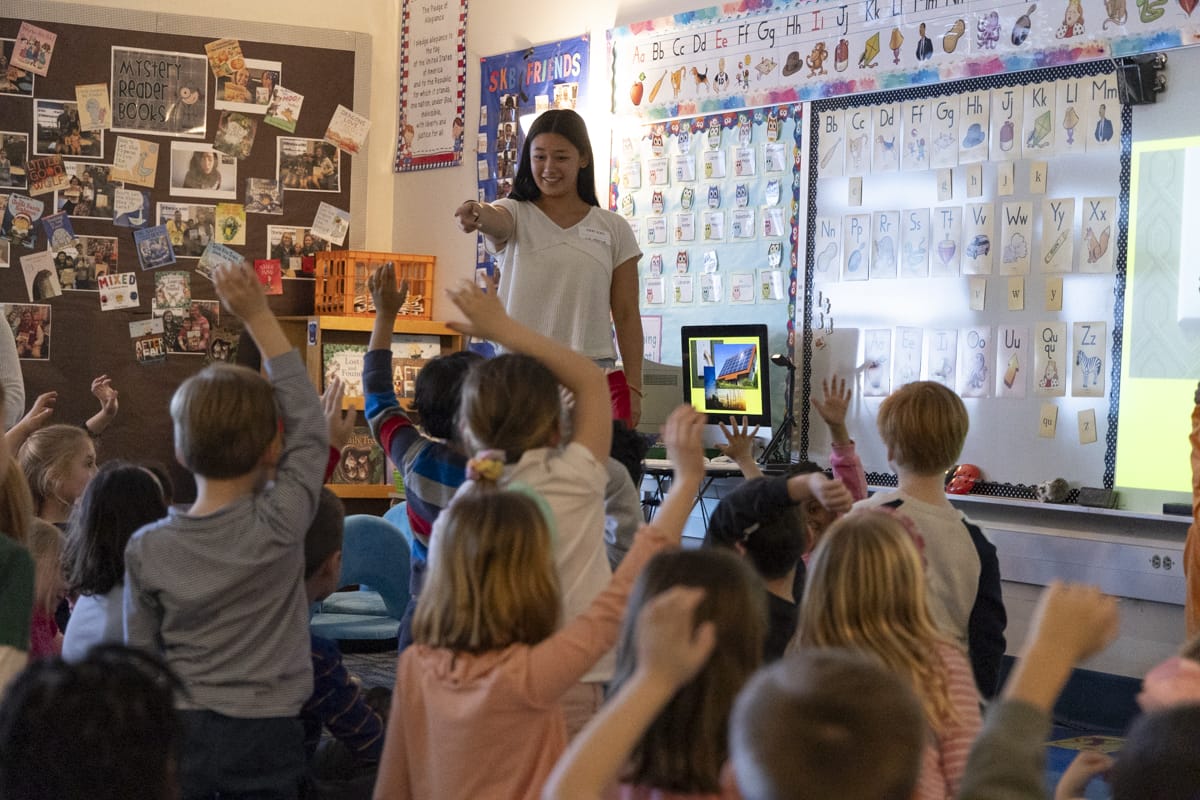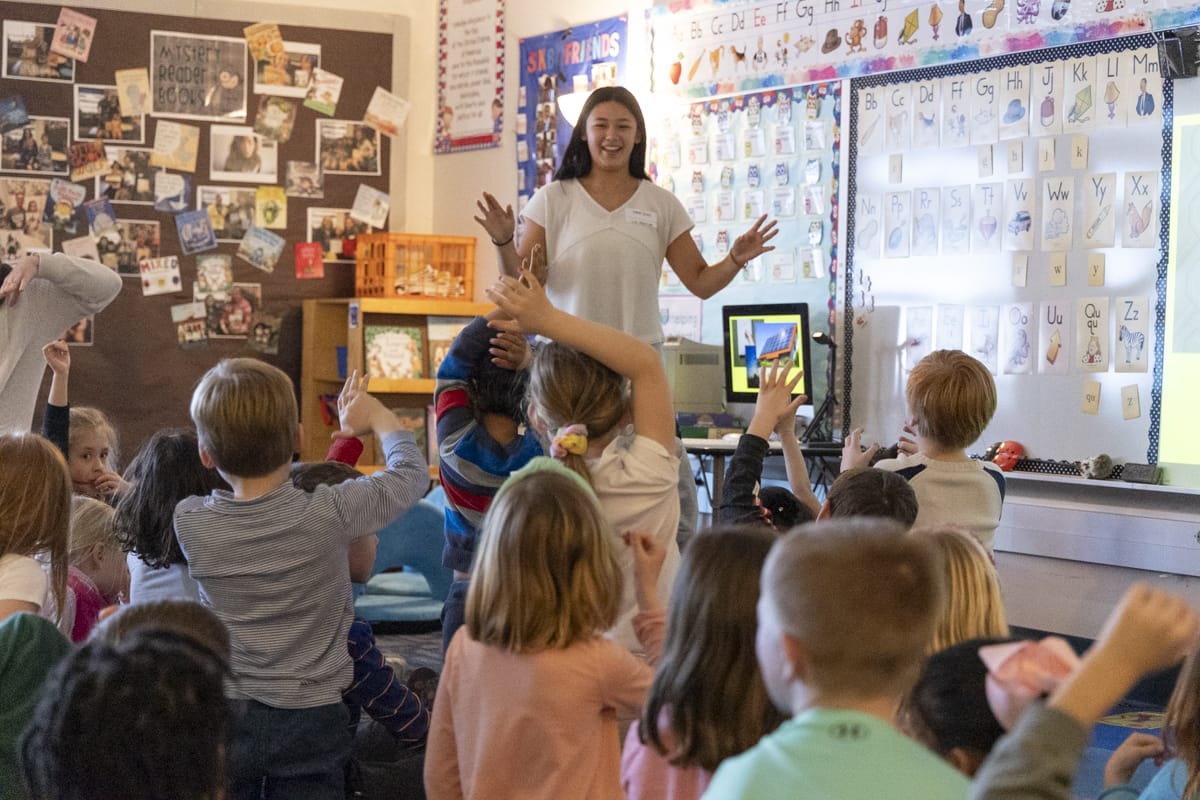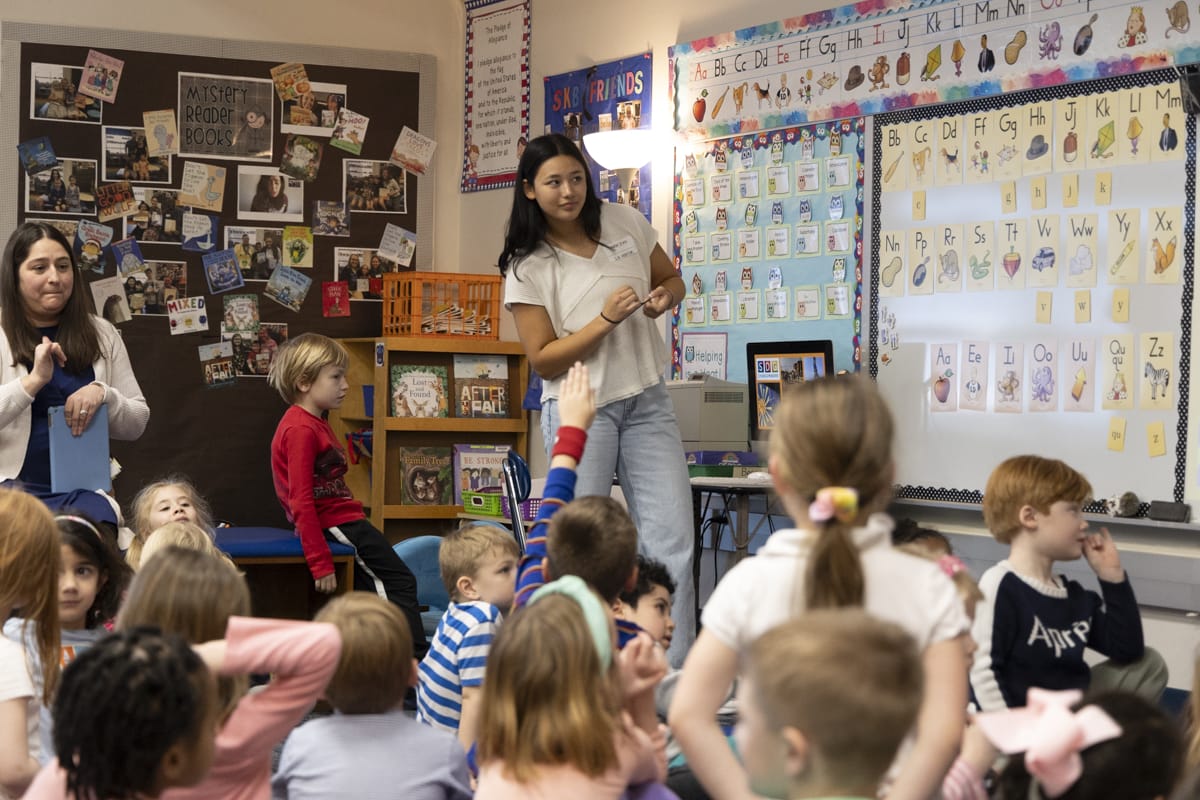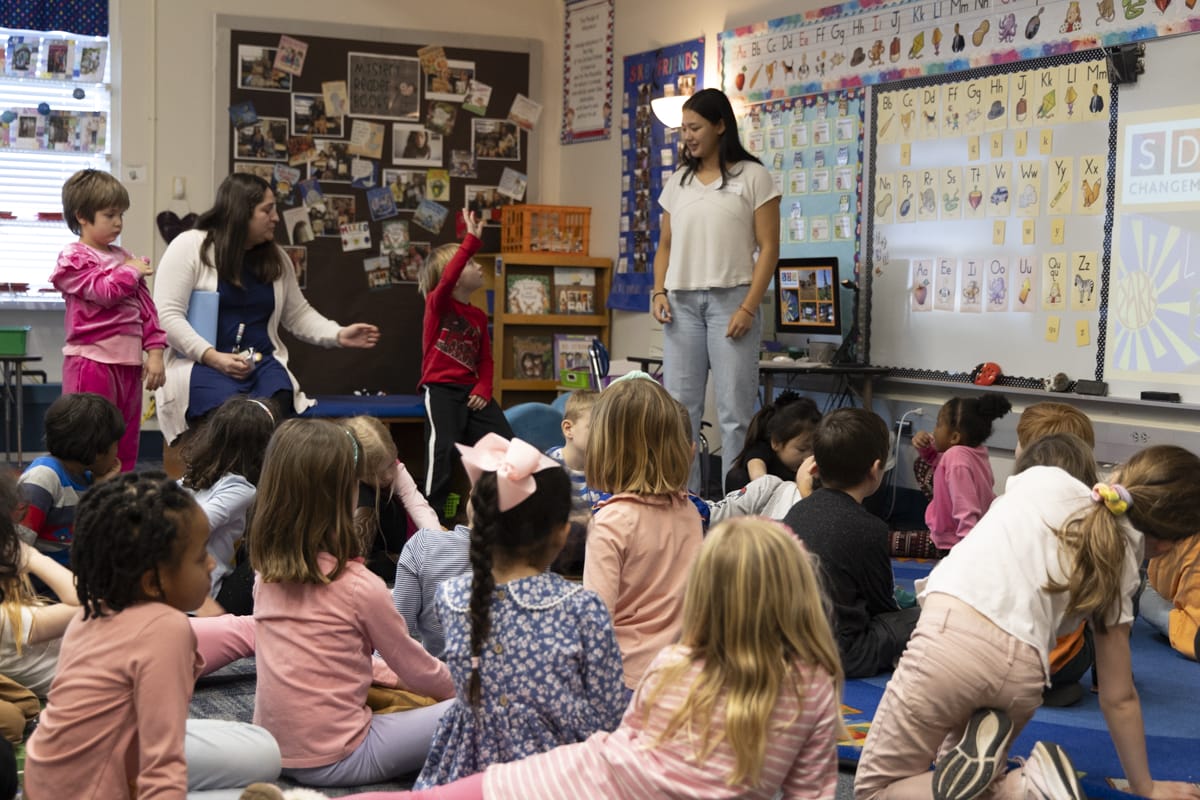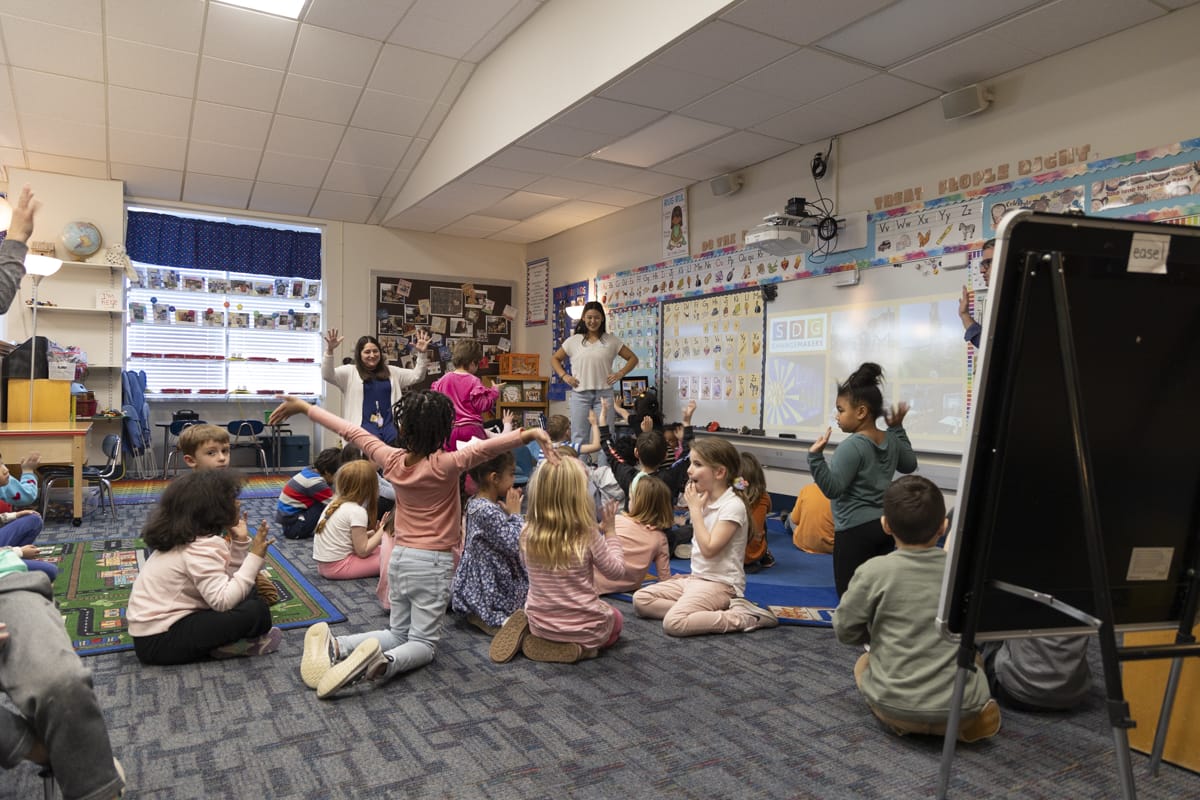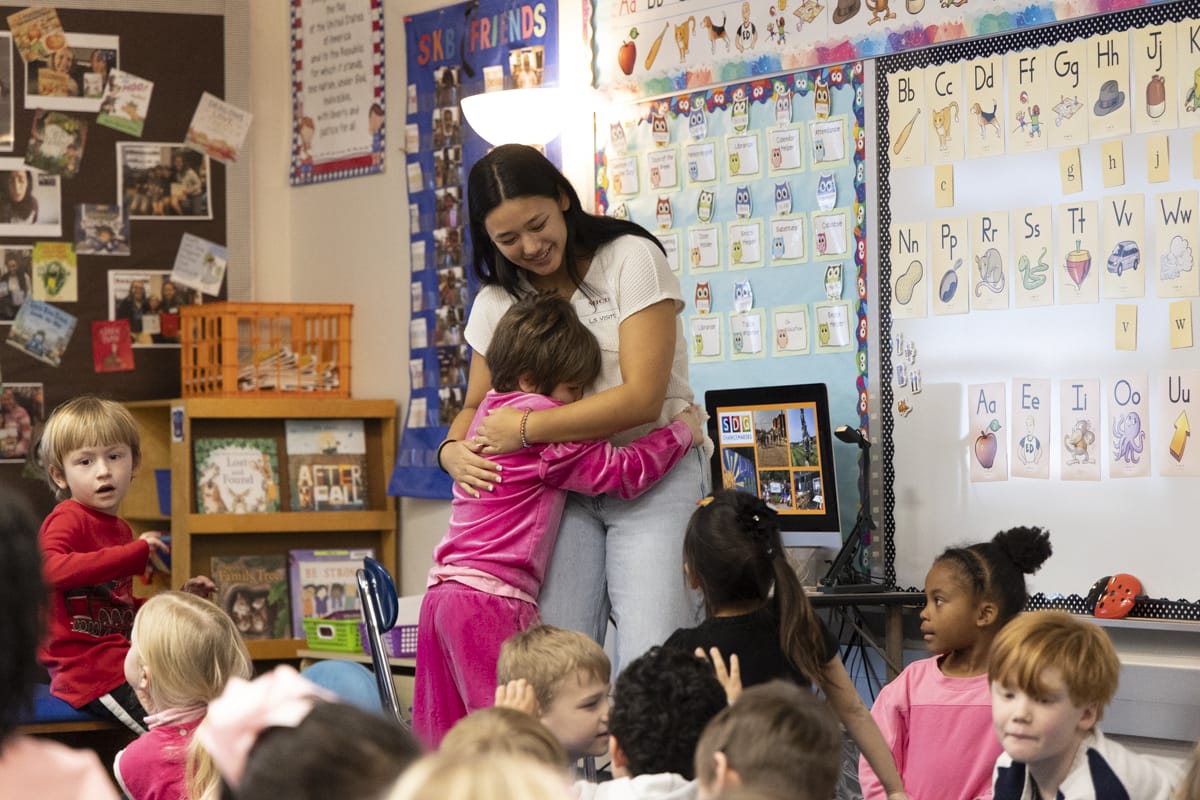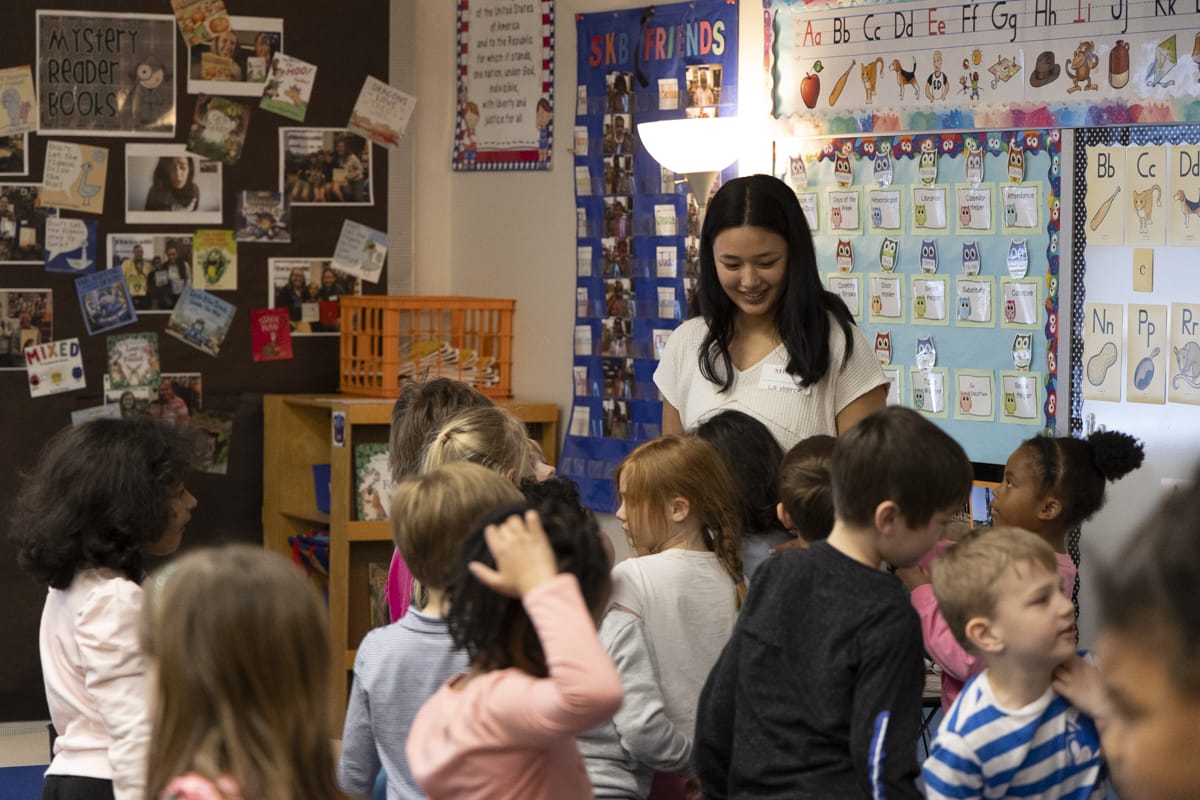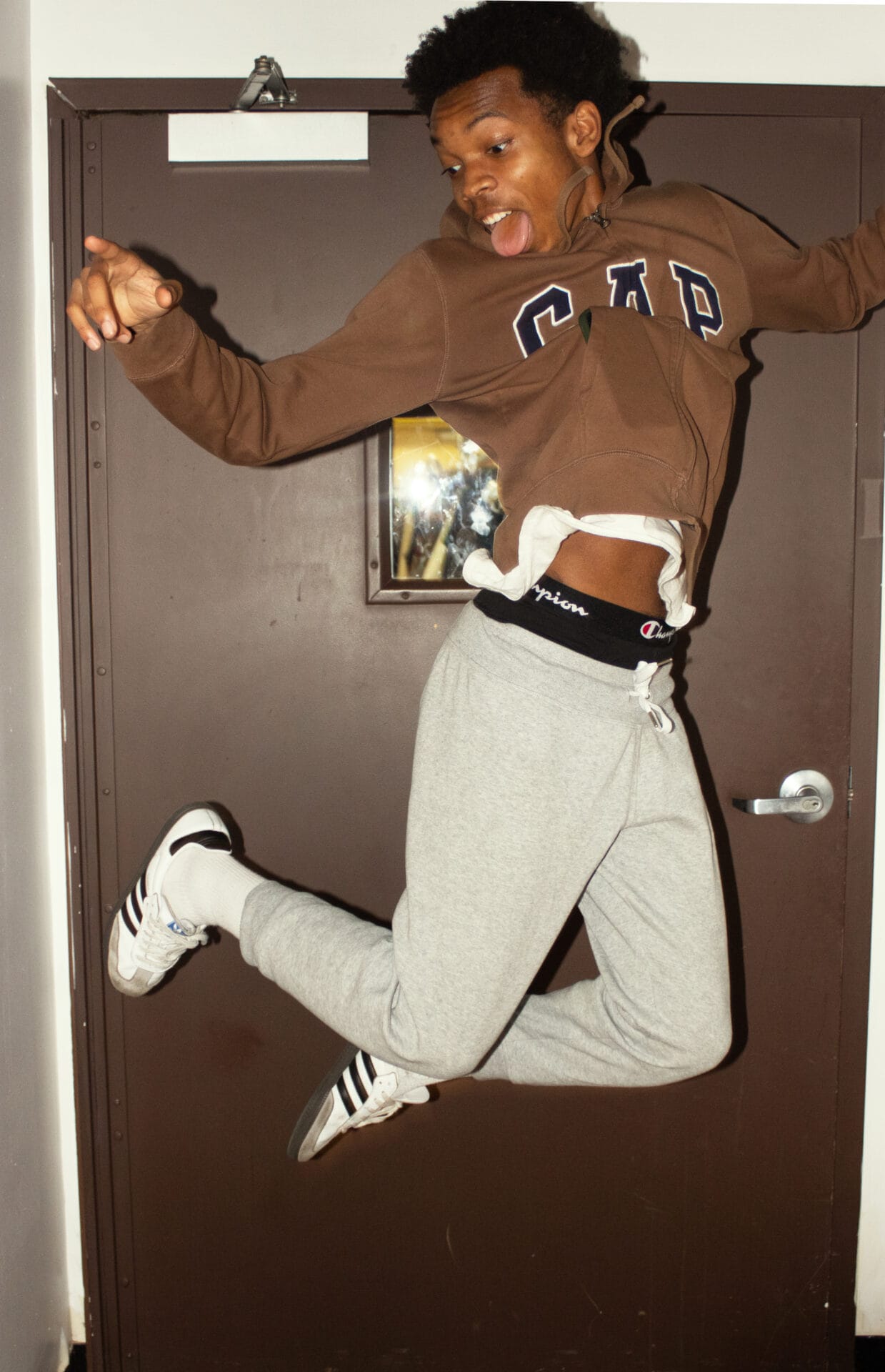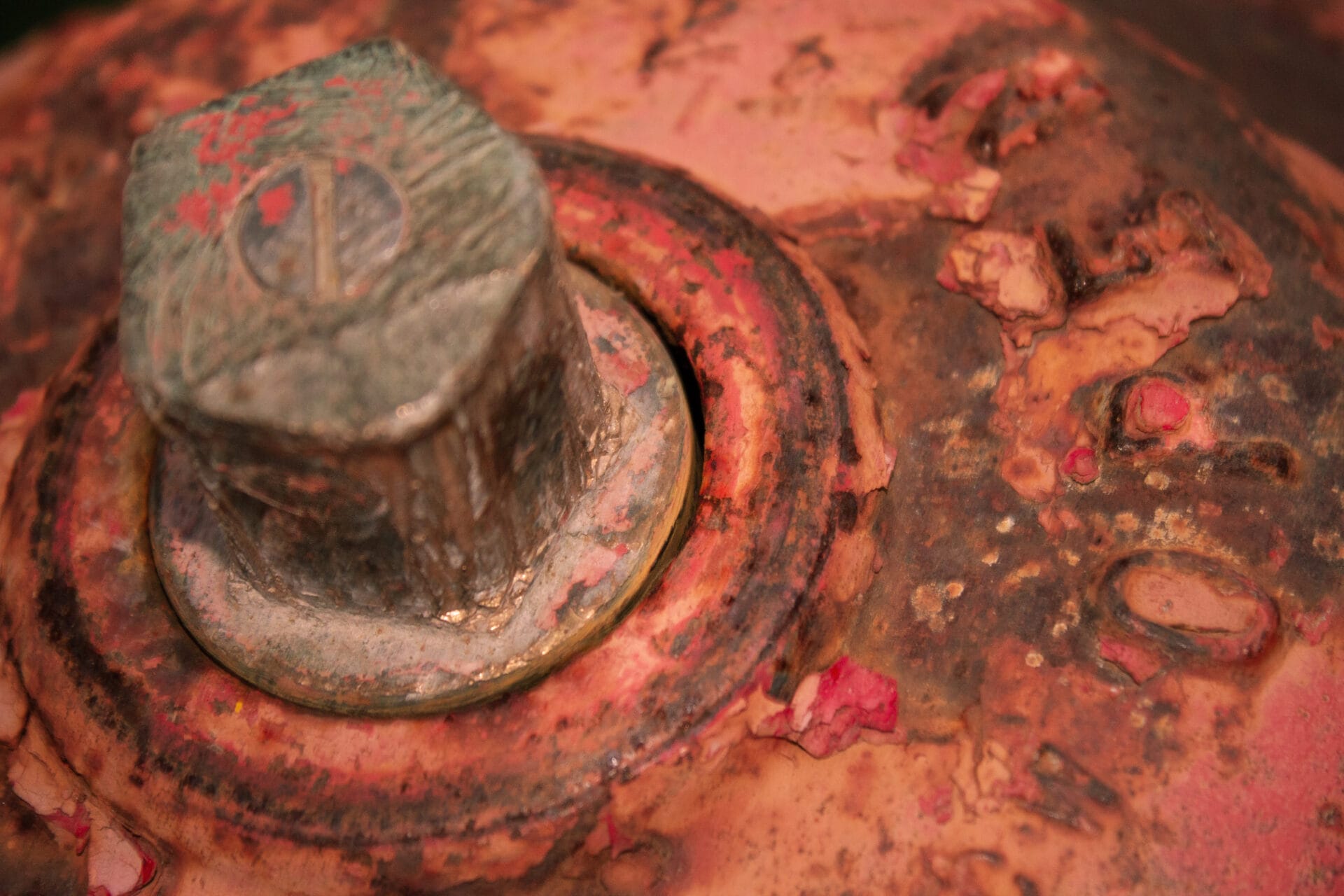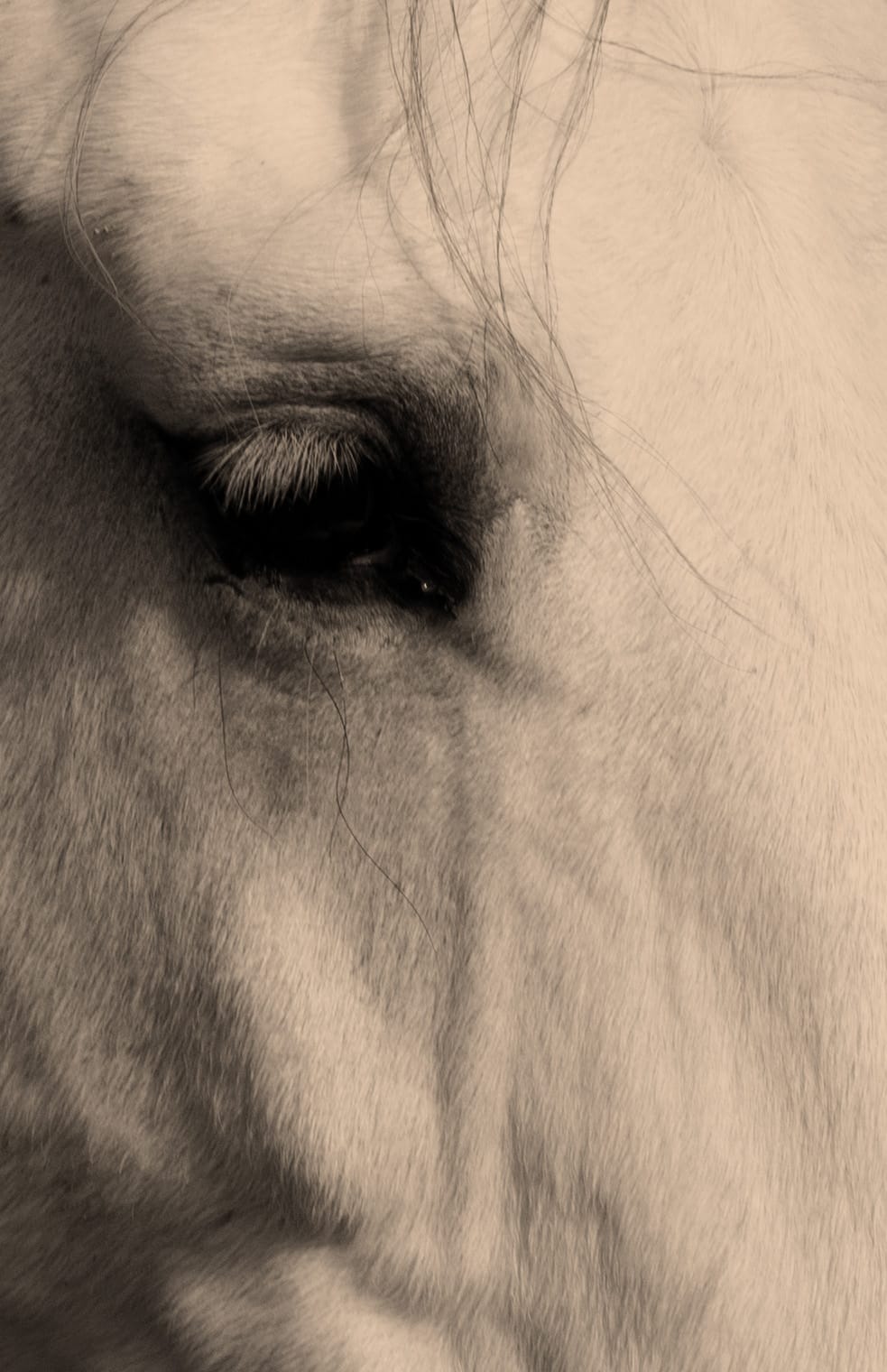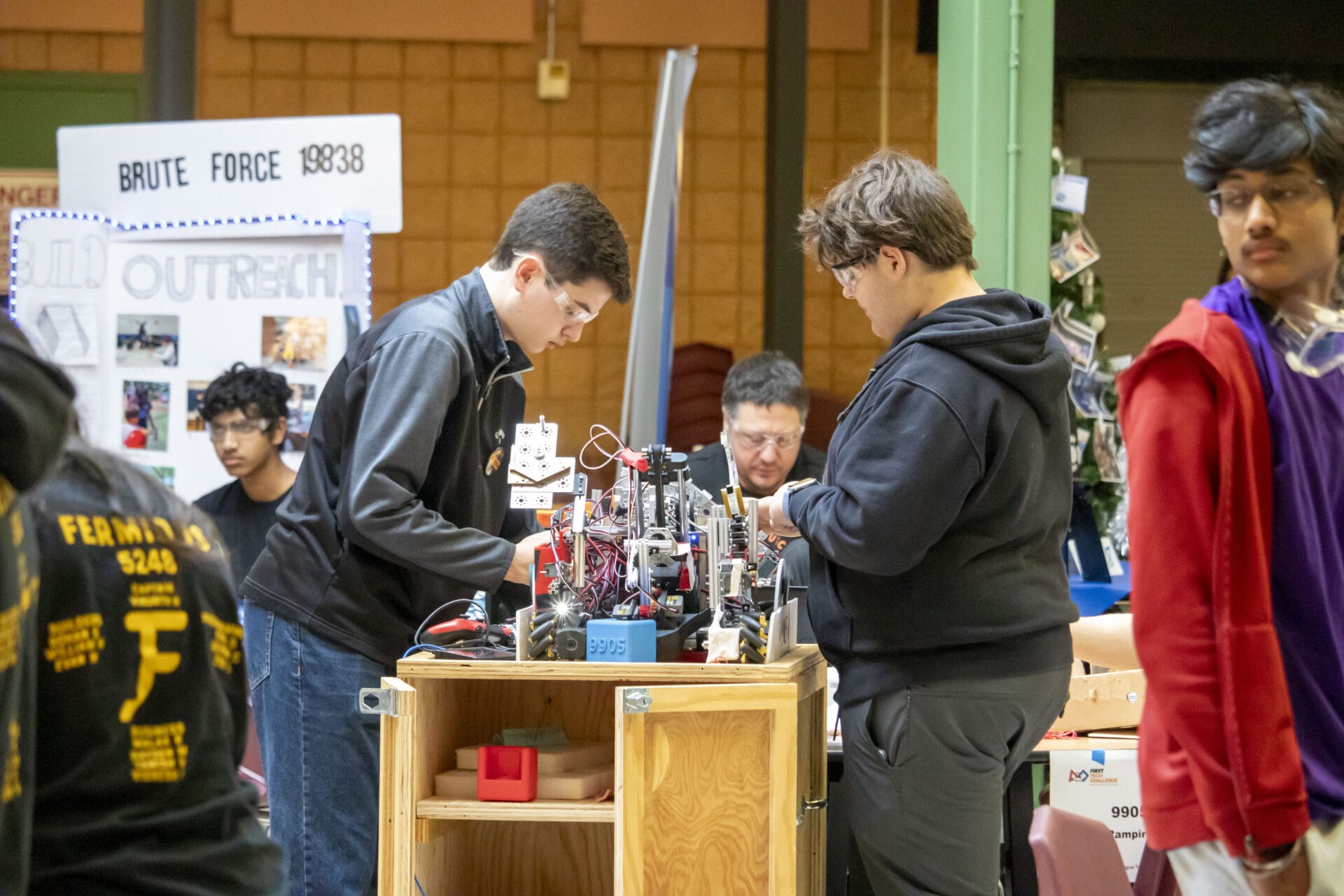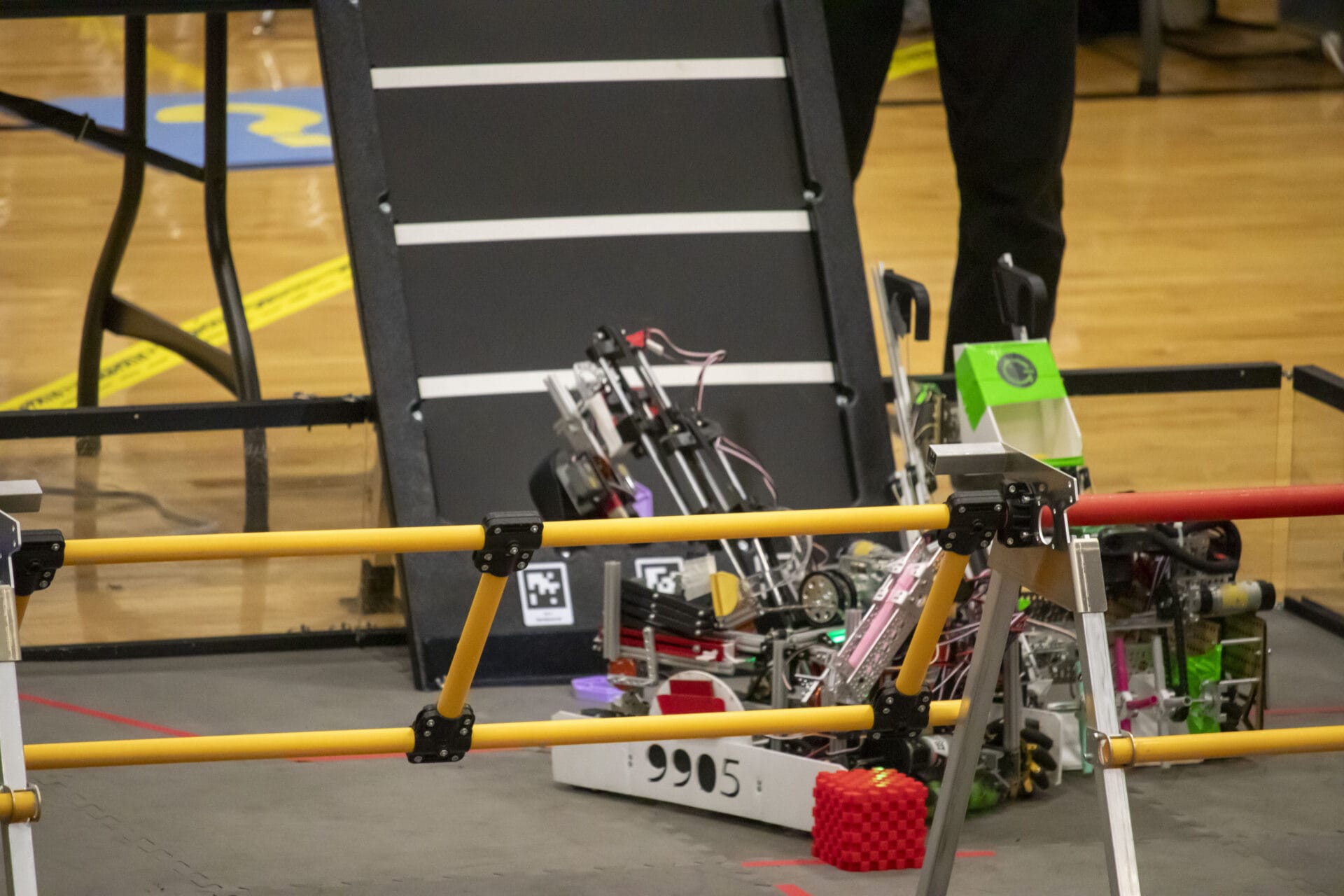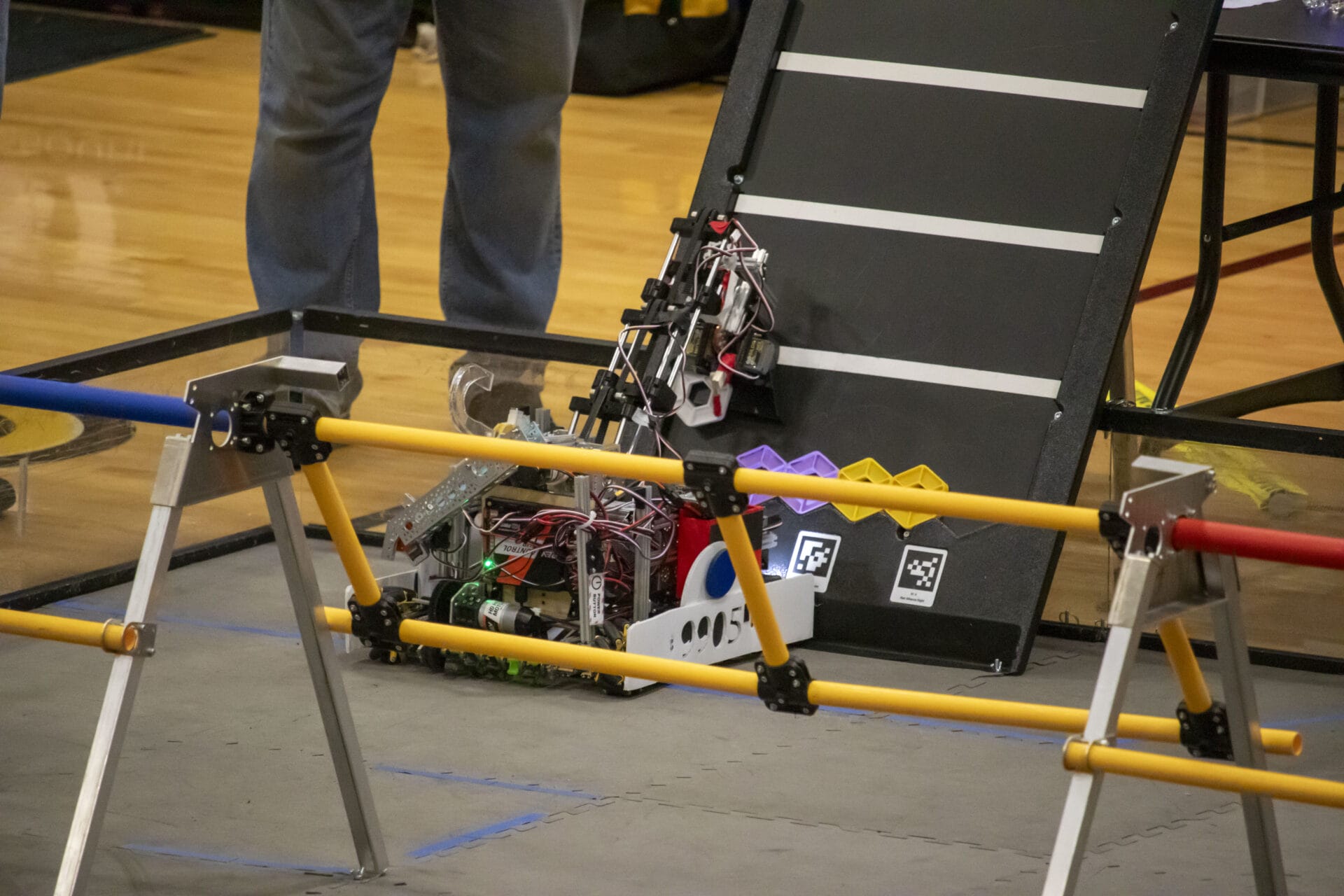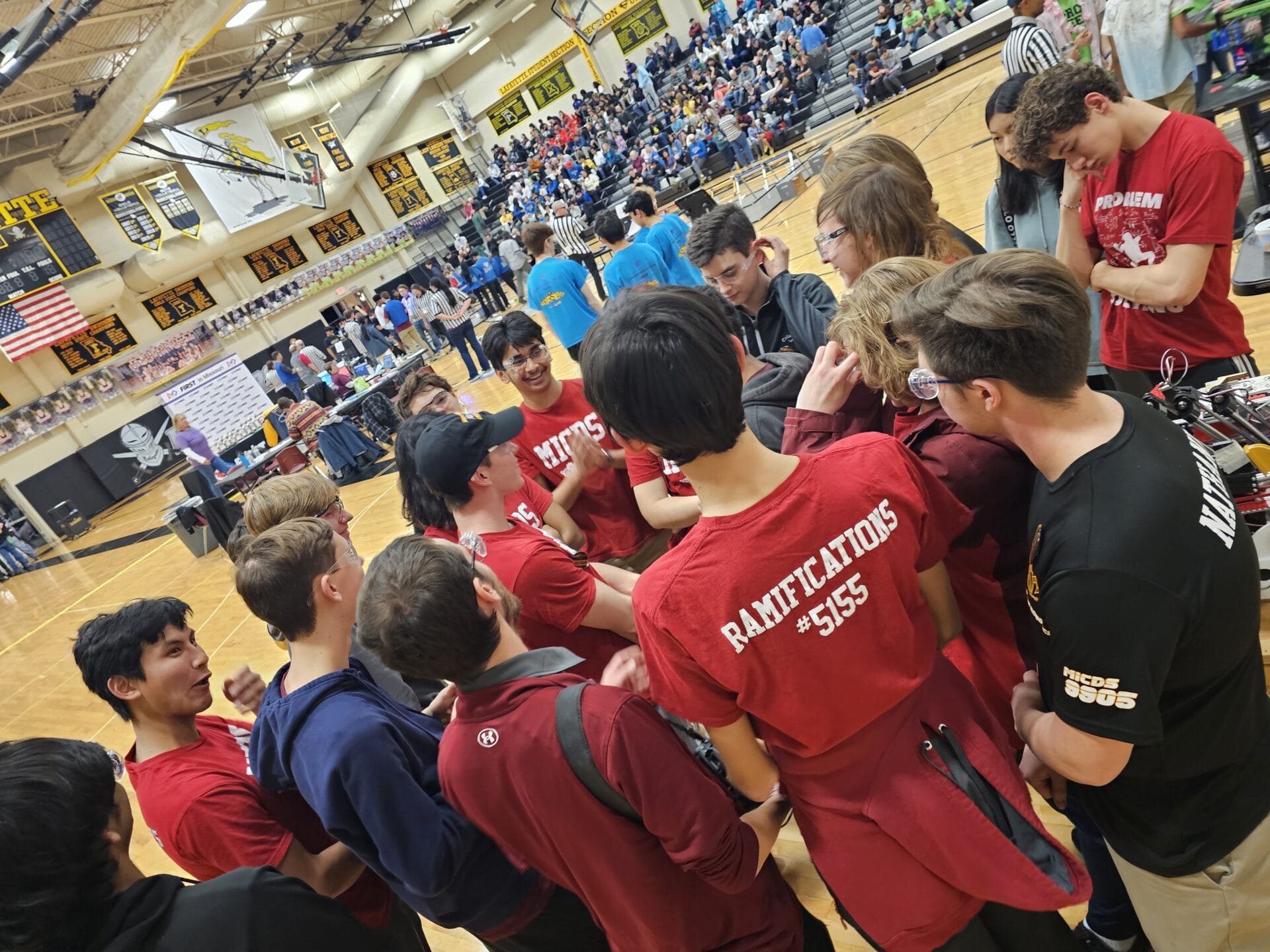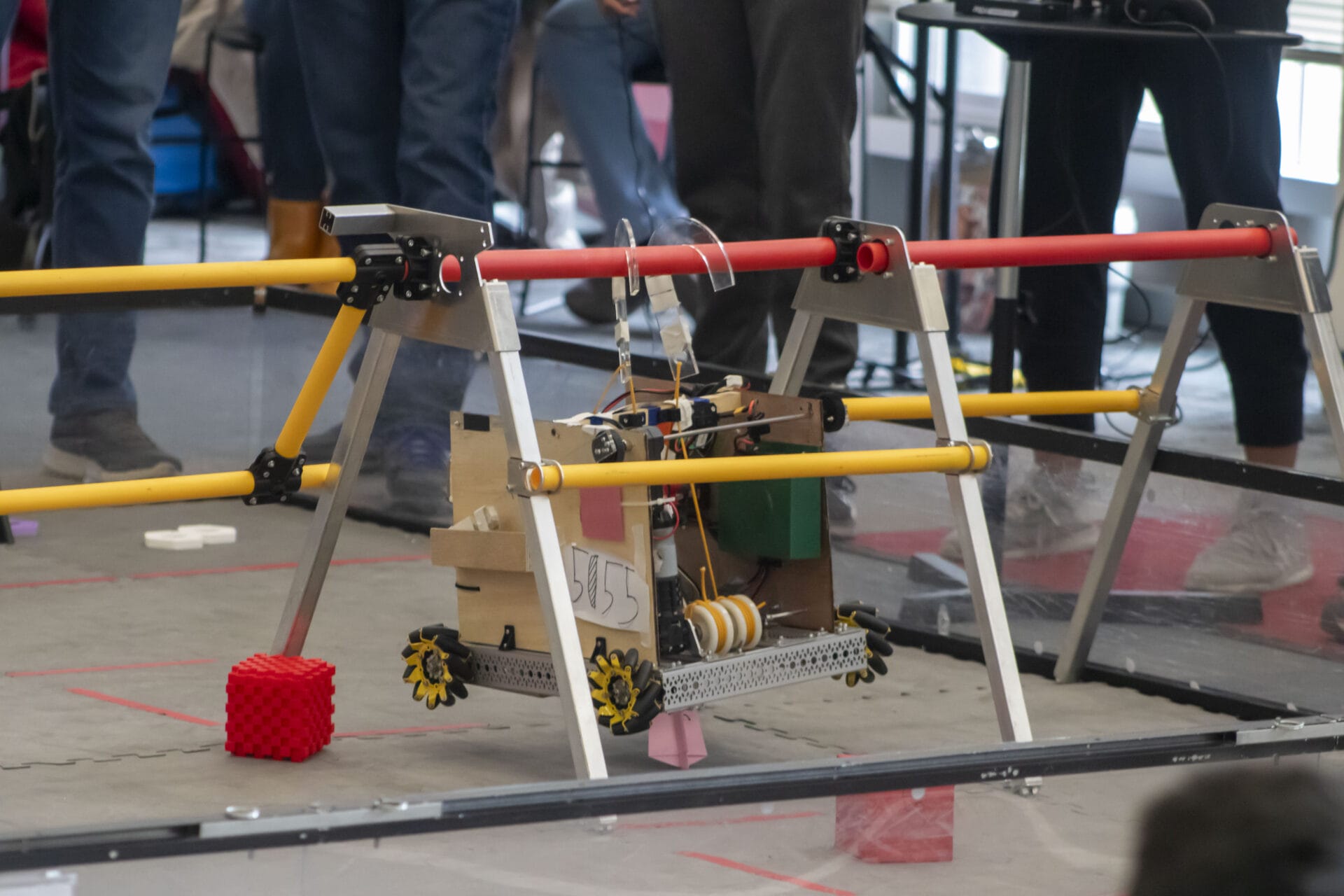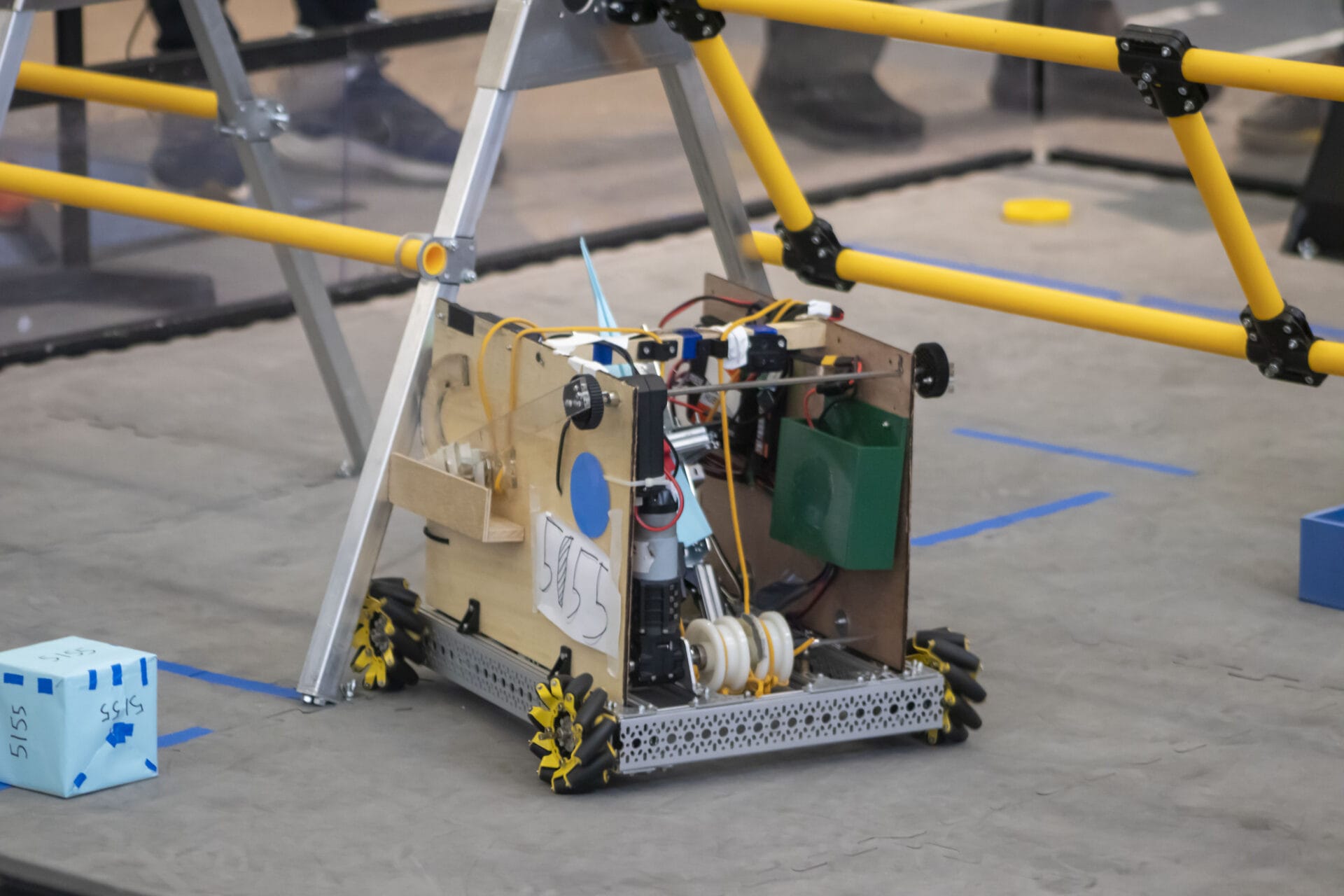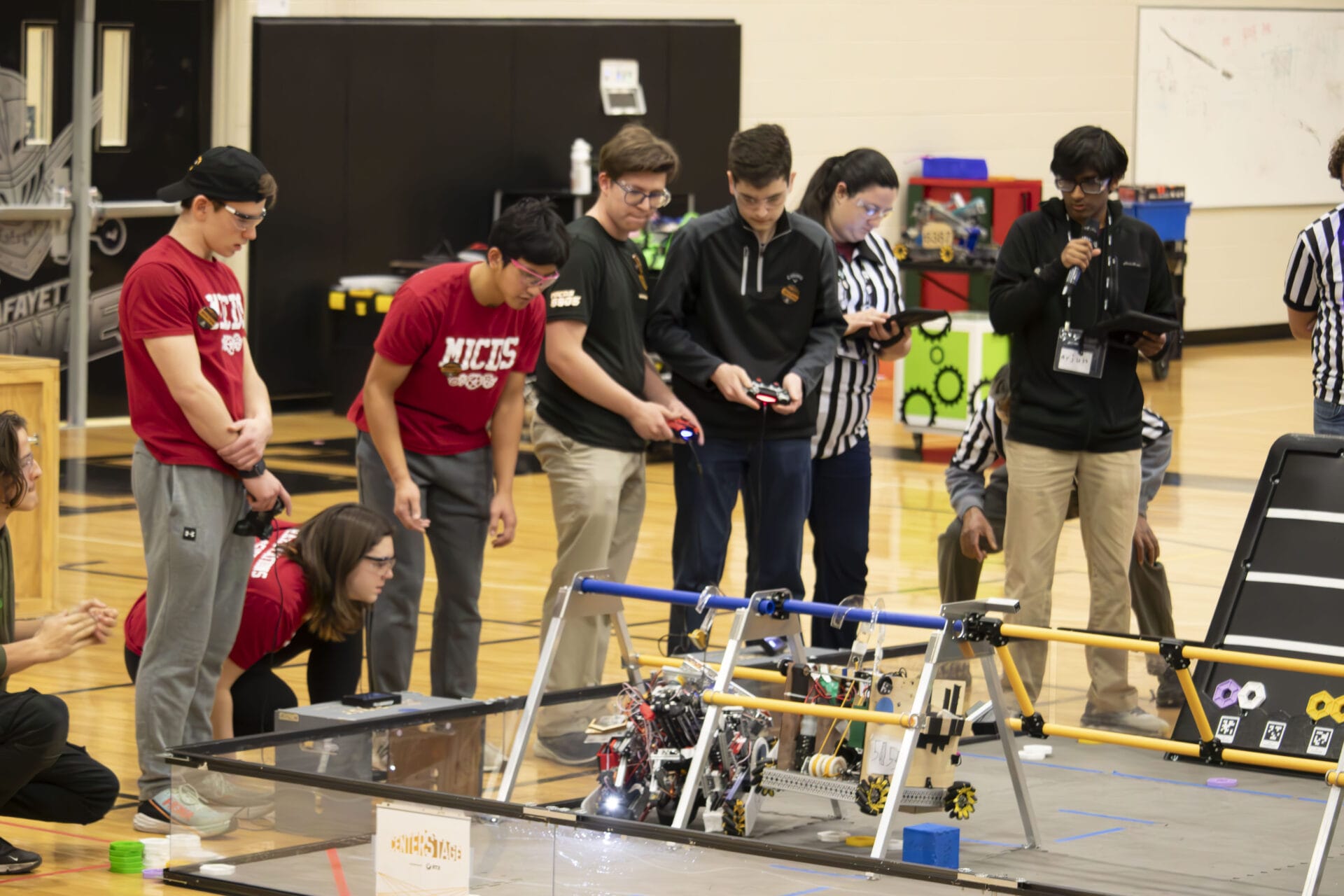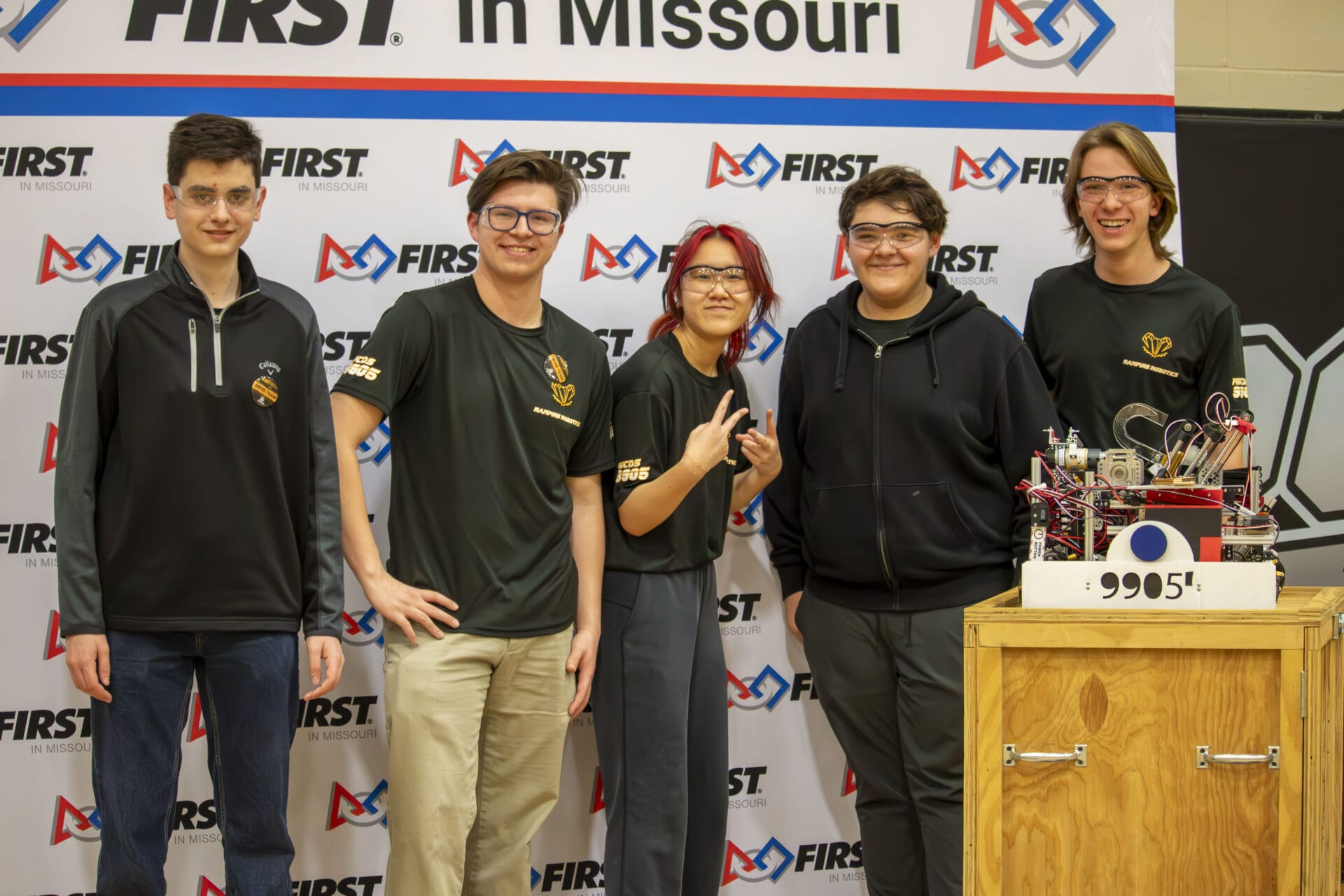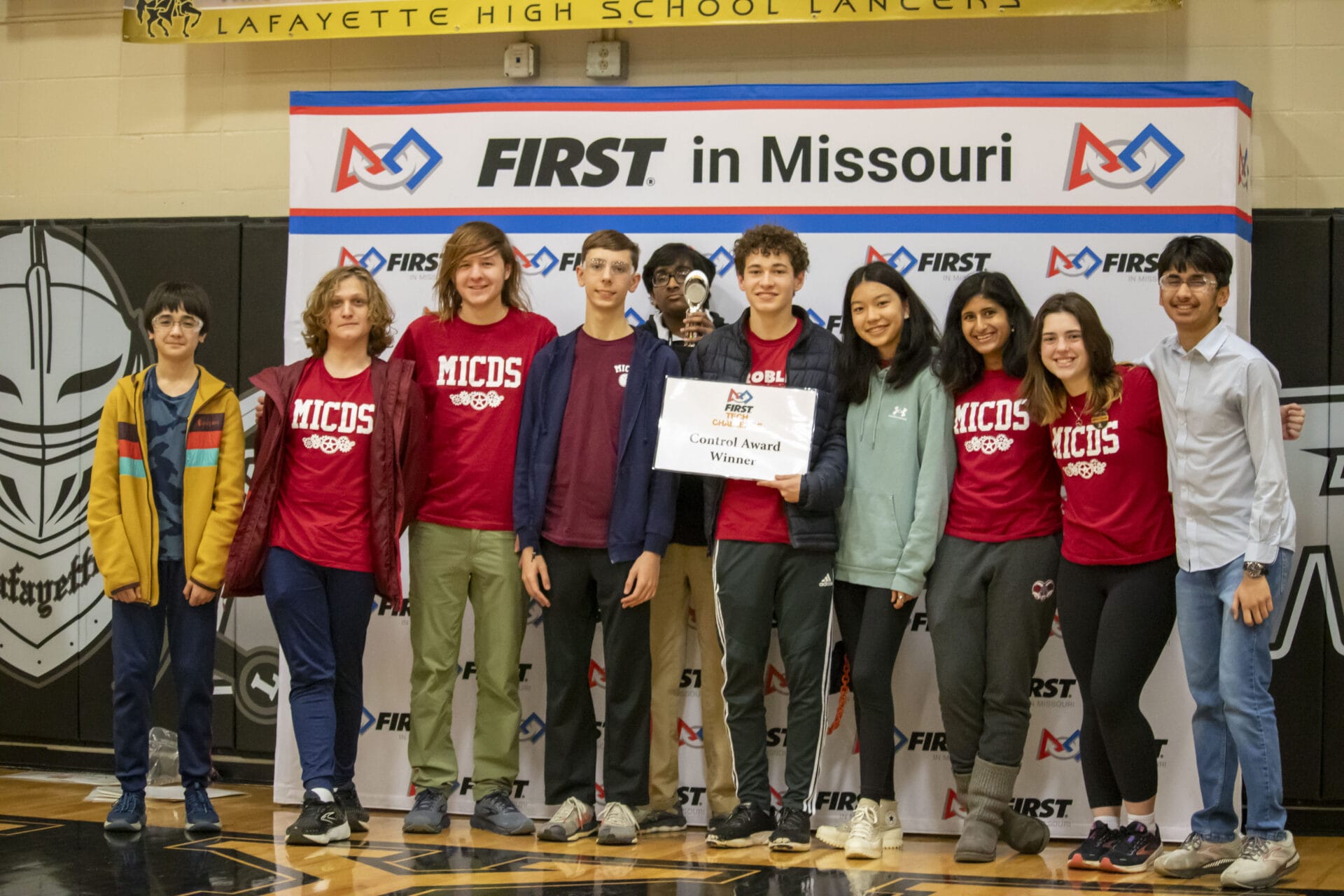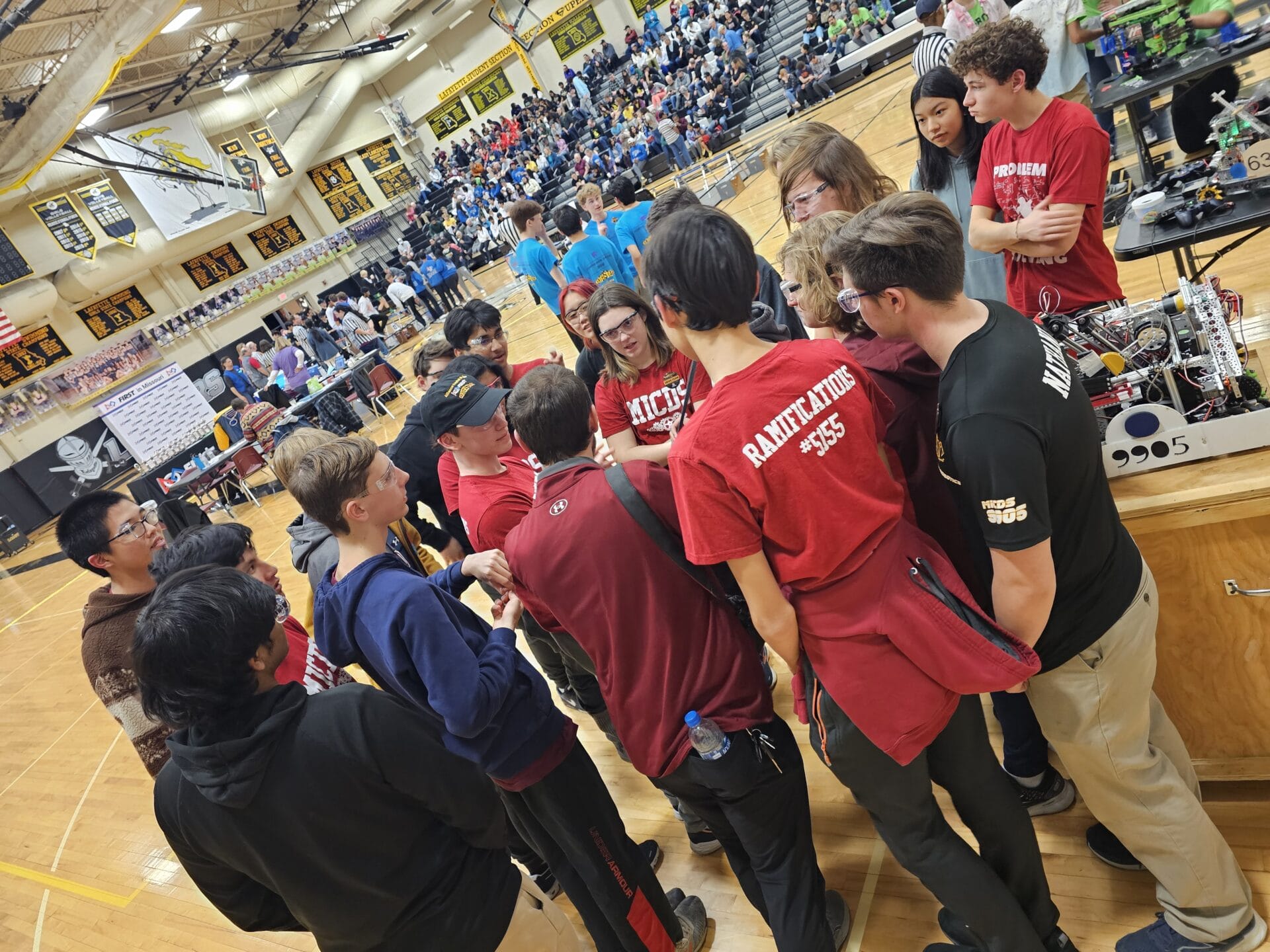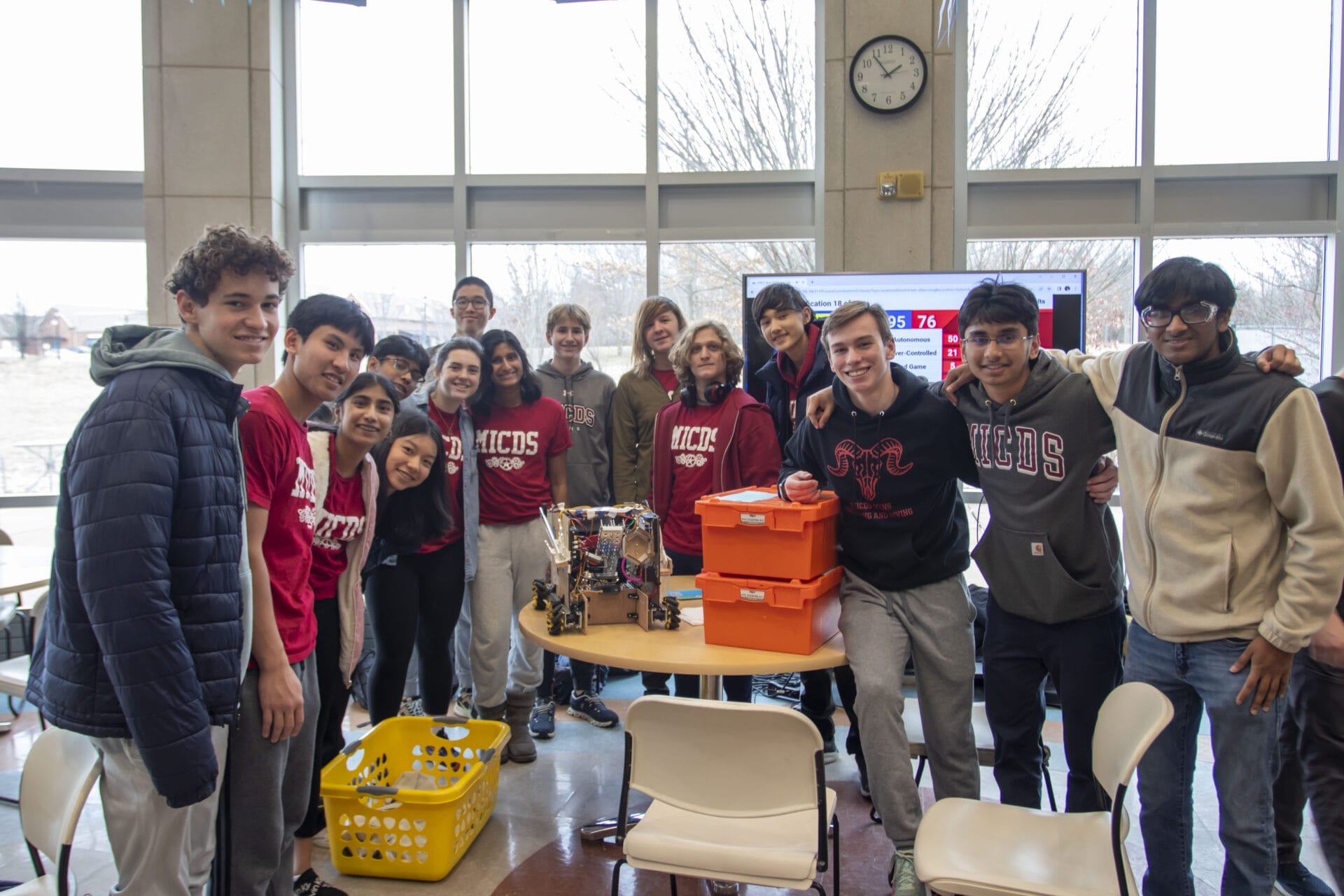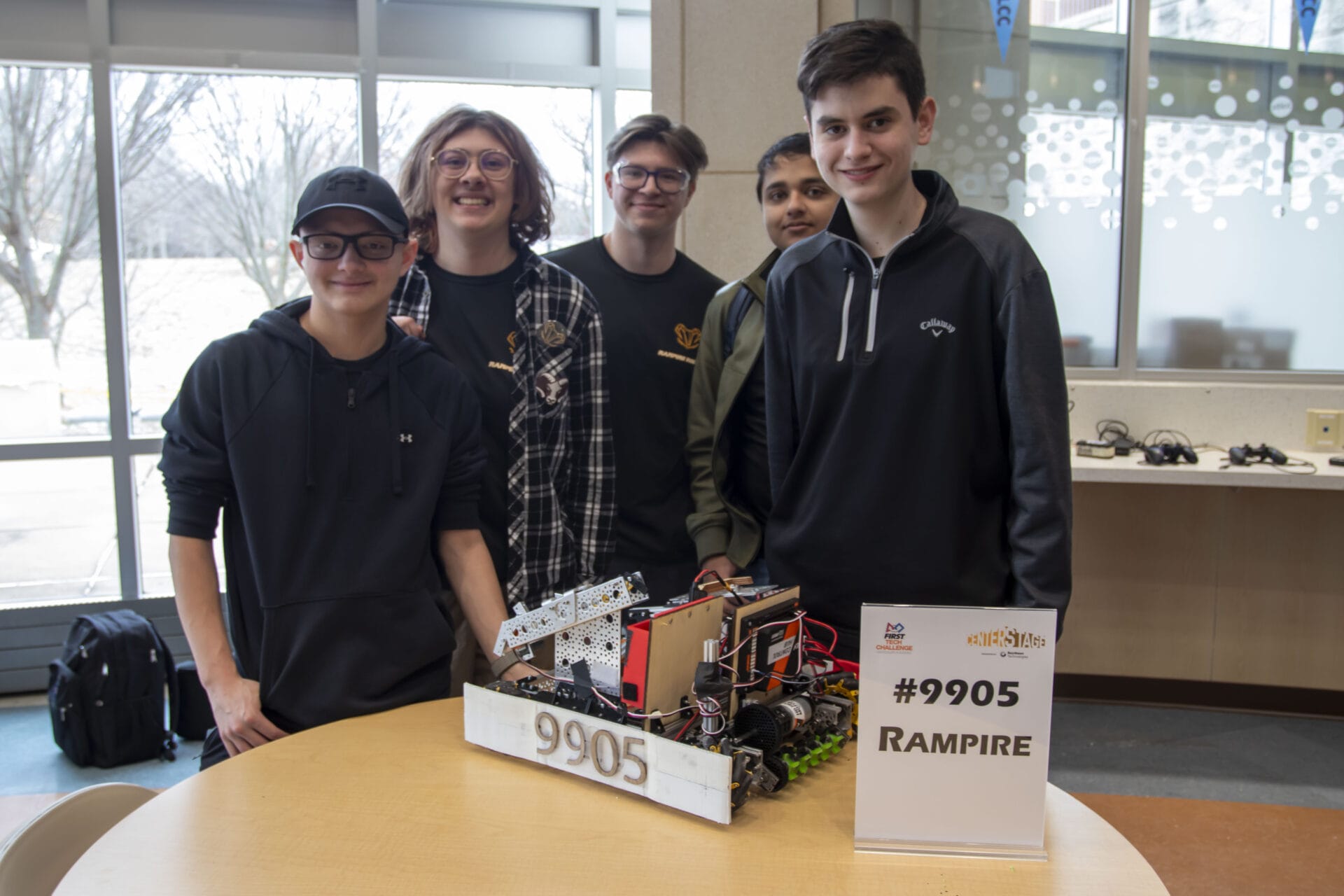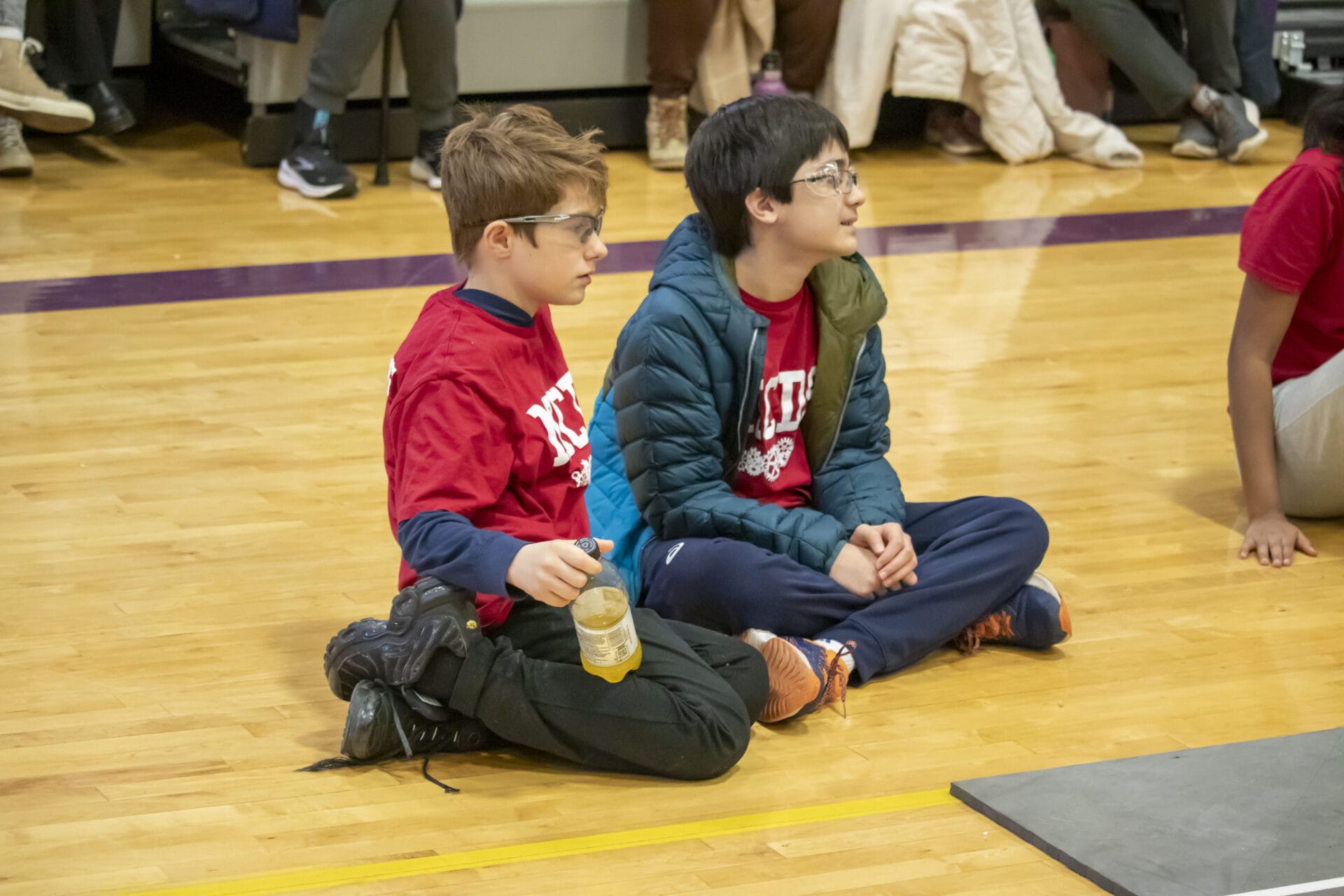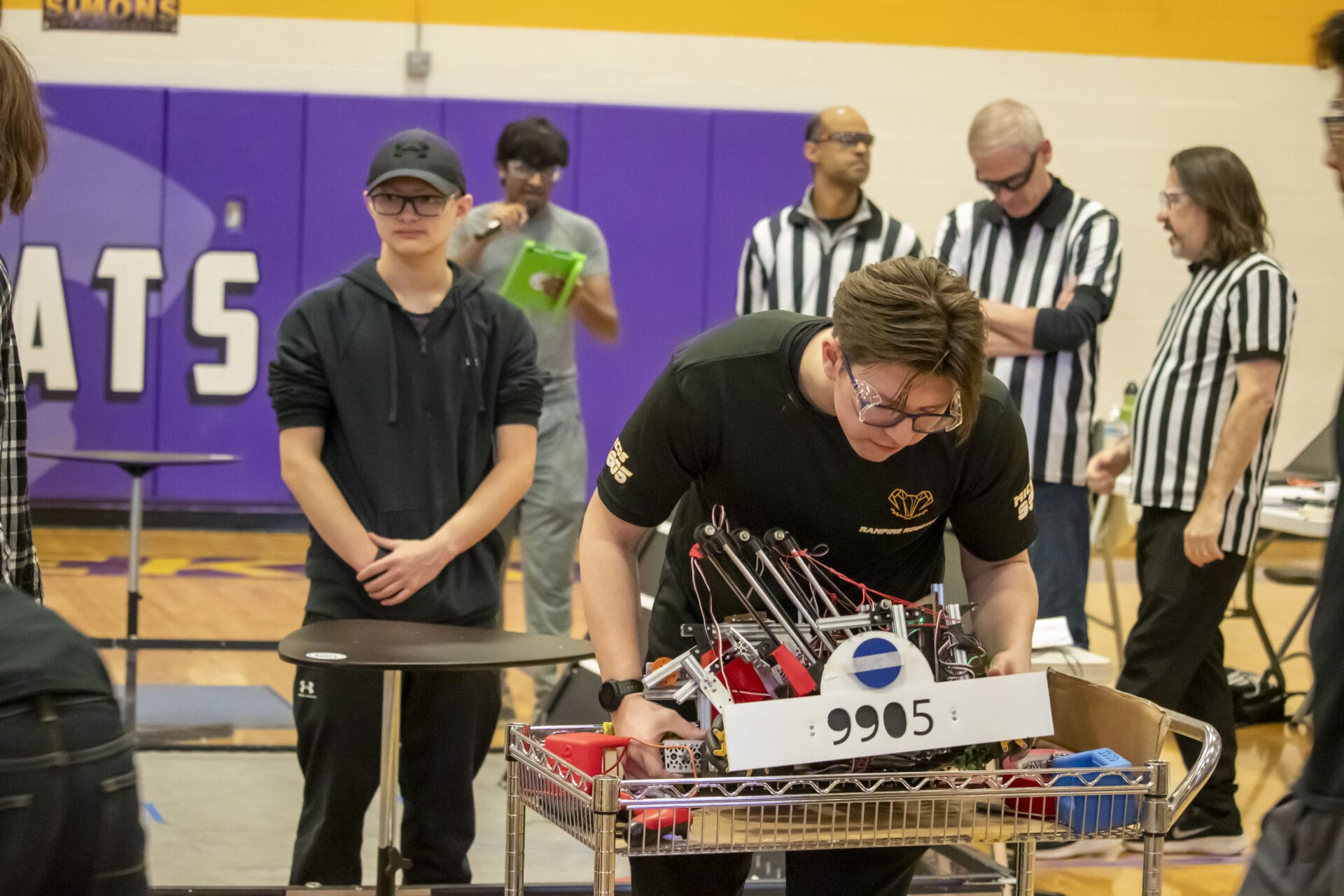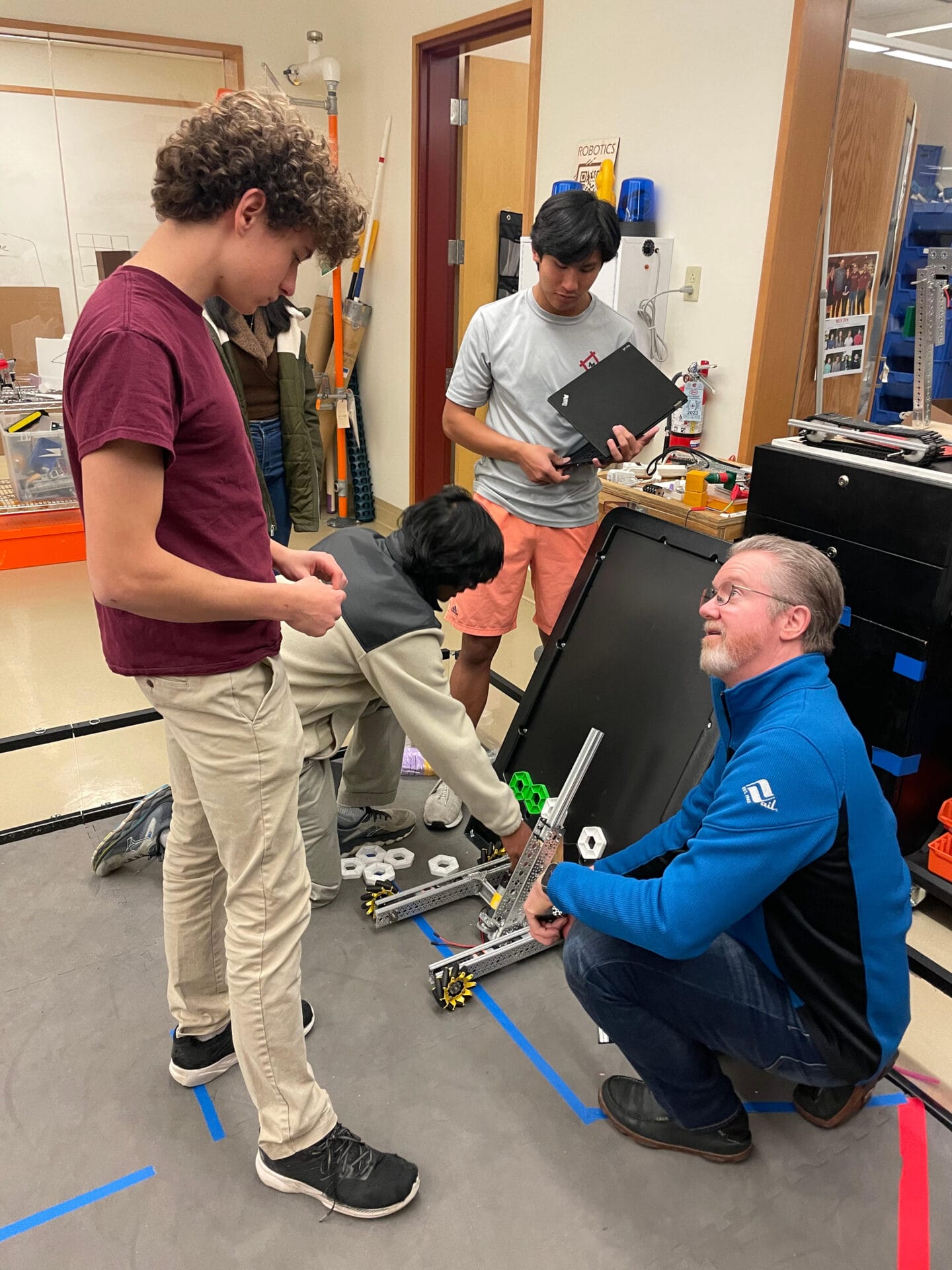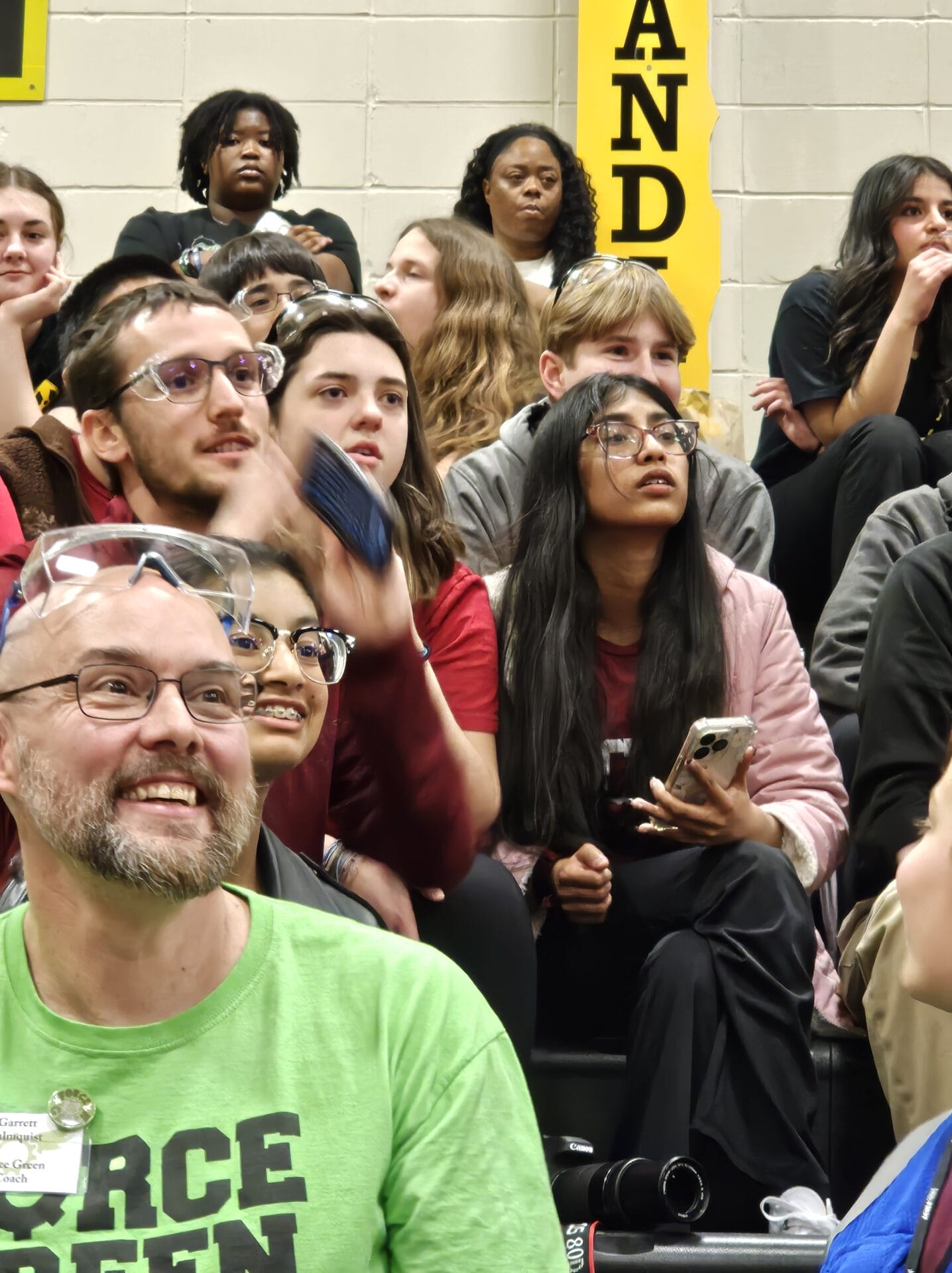Student Standouts: Doherty ’24, Sineff ’24, Walker ’28, Art Students, Chess Club, Rampire and Ramifications Robotics Teams
Congratulations to this week’s standouts below. Way to go #RamNation! And as always, if you have a story to share, please email weeklynews@micds.org.
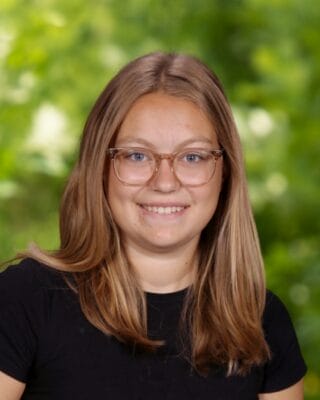
Senior Named Oustanding Student Leader
Alana Doherty ’24 was named an Outstanding Student Leader by the St. Louis County Department of Health and Human Services! She is interested in pursuing a career in Biochemistry and/or Forensic Science.
Senior Shares Passion for Sustainability and Making a Difference with Senior Kindergarteners
Madison Sineff ’24 participated in the STL Changemakers program last summer and shared some of her learnings with our Senior Kindergarten students this week. STL Changemakers is a free two-week summer program that gives teens an opportunity to explore St. Louis history, engage with today’s most pressing issues, and develop projects focused on creating a better future for the St. Louis region. It is organized by the Missouri Historical Society, the United Nations Association of St. Louis, and Civitas. In this program, local issues are examined through the lens of the United Nations Sustainable Development Goals, with a focus on what it means to be an active and engaged citizen.
Sineff shared some of the UN Sustainable Development Goals (SDGs) with her younger schoolmates, and talked about the importance of being changemakers. Her presentation was timed to support their current unit where the students are learning about SDGs and how to live sustainably.
“I was really excited when MICDS gave me the chance to start expanding my knowledge on sustainability through the Changemakers program,” said Sineff. “Although I enjoyed learning about the SDGs in the classroom setting, I knew I wanted to go one step further and see how the SDGs were influencing the St. Louis area in a real-world context. During the two-week program, I had the opportunity to meet with a lot of leaders and organizations who had already begun pursuing a lot of the goals I had just learned about, which was truly inspiring. They ranged from small-business event planners on Cherokee Street, to the Rung for Women female career assistant organization and even the owner of the biggest sunflower conservatory in downtown St. Louis. Being able to see so many people working towards improving the quality of our hometown is what has inspired me to become passionate about sustainability—specifically biological conservation, which is the primary reason I decided to apply and go on the South Africa trip this year.
“Presenting to SK, it blew me away not only how well they were able to articulate knowledge about the SDGs but also how passionate they were about finding solutions to them at such a young age. Having first learned about the SDGs in ninth grade, I’m so happy that the next generation is already beginning to care so much about sustainability. Getting to interact with them during the SDG guessing games (and receive all of their hugs, of course) was the highlight of my week, and I’m excited to see what topics they cover next!”
Way to make a difference, Madison!
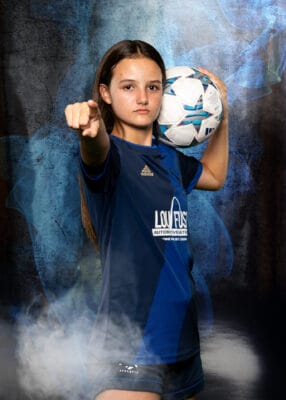
Eighth Grader to Attend Girls Academy Frontier Conference Talent ID Event for Soccer
Audrey Walker ’28 was selected to attend the Girls Academy Frontier Conference Talent ID Event on February 18, 2024, hosted by BVB International Academy in Dallas, Texas. This is a very selective process by which the Girls Academy Directors of the Frontier Conference clubs discuss and select players within the entire conference for each age group and identify the top players to attend this event.
The purpose of the Talent ID Event is to highlight, identify, and improve top talent competing in the Girls Academy while exposing players to opportunities to succeed at the highest level. To accomplish this, each conference will host an invite-only ID event held over one weekend per year. From there, stand-out players at Conference Talent ID events may be selected to participate in National Talent ID events.
Go, Audrey!
Several Art Masterpieces by Rams to Make the Foundry Art Centre’s Regional High School Student Exhibition
Several MICDS art students have created artwork that has been accepted to the Foundry Art Centre’s Regional High School Student Exhibition. Congratulations to the following students:
- Layla Gilbert ’26
- Taha Syed ’25
- Gabriel Weaver ’26
- David Levison ’26
According to their website, “the Foundry Art Centre hosts exhibitions of student artwork from across the region. Over 300 schools have displayed their students’ work in the Baue Family Children’s Gallery, showcasing the talent of thousands of young artists.” All St. Charles to St. Louis regional public and private high school students in grades 9-12 were eligible to participate. Masterpieces submitted could be 2D or 3D works.
Save the date for the exhibition’s Opening Reception on Friday, April 5, from 5-8 p.m. Awards will be announced at 6:30 p.m. The exhibit will run April 5 – May 25.
Way to go, Ram artists!
Chess Club Season Summary
By Arjun Puri ’25 and Charlie Glass ’25
Each year, the MICDS Chess Club participates in the Gateway Chess League, a longitudinal team competition featuring high schools from around the St. Louis area. Following two semifinal finishes in the previous two years, the MICDS Chess Club entered this season, ready to cement our status as a consistently top team in the league.
This year, we fielded a team composed primarily of sophomores and juniors. The team included (in board order): Arjun Puri ‘25, Charlie Glass ‘25, Yash Shelar ‘26, Shreyas Kota ‘26, and Yash Malhotra ‘25, with alternates Henry Clay ‘24 and Shrey Radhakrishnan ‘27. We began the season in December with strong wins over Westminster and Jackson High School. Each match consisted of five games, with each “board” worth a specific number of points. Matches were played out of a total of 30 points, and each week, we alternated between playing at home and at our rival’s school.
With plenty of experience from past years, we marched on through the regular season, entering the playoffs with five match victories and a sole loss against Parkway West, for an overall record of 5-1. With our second-place finish in the West Conference and seeded sixth overall, we prepared for a playoff match against Ladue, the school that had ended each of our past two postseason runs. At Ladue, all five games went down to the wire, each lasting north of an hour and a half. Ultimately, we lost by the slimmest of margins: 16 points to 14, where a single result could potentially have altered the course of the match.
Nevertheless, this season was certainly a learning experience for us. With a relatively young team, and missing some of our best players from years past, we fought valiantly and bonded as a team through the wins and losses. To promote camaraderie and a team mindset, all of the MICDS players stayed to watch the conclusion of the final game at each of our matches, supporting our teammates with our presence. Although the end result of the season was disappointing, our squad is prepared for the challenges that will be presented next year and will use this season as a motivator to perform even better in the future.
We would also like to thank everyone who made our matches possible: Upper School English Teacher & Club Sponsor Mr. Bueckendorf, Director of Upper School Student Leadership Ms. Trueman-Shaw, Upper School Science Teacher Mr. Little, and the administrators at all of the schools we faced.
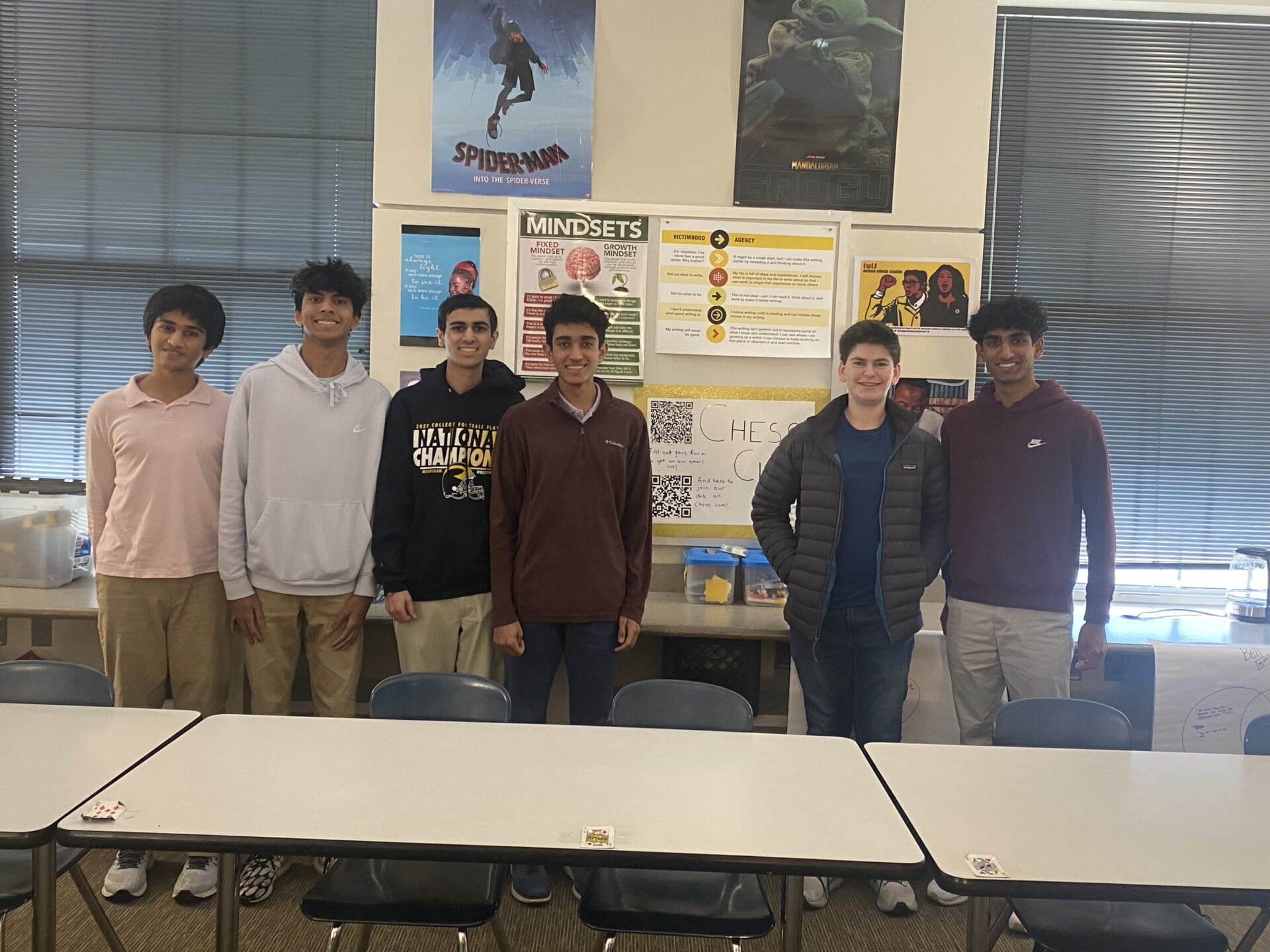
Rampire Robotics — That's a Wrap!
By Azael Mayer ’24
Rampire competed in this year’s FIRST Tech Challenge competition, CENTERSTAGE. It was the most complicated robotics game anyone on the team had participated in. Teams scored points primarily by placing hexagonal tiles called pixels onto a slanted board that could hold the pixels called the backdrop. Teams could gain additional points for making specific patterns with the pixels on the board, or by stacking pixels high up. However, teams could also score points by accurately launching a paper airplane with their robot, and by making the robot hold itself up, suspended off the ground, grappling from the truss in the middle of the arena. Rampire worked right up until the last competition improving our robot to try to place pixels consistently and efficiently into the backdrop and to suspend from the truss.
At the start of the season, we used cardboard to prototype designs for the robot’s different parts. We started with a basic chassis that was only a rectangular metal frame with wheels. The first component we added to the robot was a rolling intake system, so that by driving over a pixel on the floor, the robot could pick the pixel up and store it in a storage space inside the robot. We planned to have another component, a clawed arm, that would transfer the pixels from the storage ramp to the backdrop for points. Another strategy we decided on was to try to make the robot short enough to fit underneath the central truss, because moving around the truss increased the distance the robot had to travel to place pixels, and the pathway around the truss was difficult to maneuver while the route under the truss was relatively simple. The height limit of less than 14 inches tall was one of the most difficult constraints to work around, since there were so many components on the robot, and the arm for placing pixels on the board and the suspension mechanism both needed to be able to reach up much higher than 14 inches for a competitive amount of points.
At the first competition, our robot only had the ability to push pixels across the ground into the low-scoring area, as we had not yet finished the arm, hanging mechanism, or paper airplane launcher. At our second competition, we were still primarily pushing pixels, but we had also coded the robot so we could score during the portion of the competition where the robots moved from code, as opposed to the rest of the competition where a driver controlled the robot’s actions with a controller. At those first two competitions, we saw other teams with arm designs for placing pixels, but the highest-scoring teams used a bucket instead of a claw on their arms for more control over how they released pixels onto the board. We adapted the bucket ideas we had seen from other teams for the next competition. The arm itself went through three iterations, using custom 3D printed pieces, gear belts, superglue (ask Andy about the superglue still on his shoes!), and tensioning string to keep it from falling over and tearing apart from its own weight. In the last week of robotics practices, we added the final components for the hanging mechanism so that in the state qualifying competition, our robot could finally do almost everything (unfortunately, our paper airplane designs never flew the right distance). It was a very successful season. Rampire was nominated 3rd place for the Innovate Award for our creative and well-engineered designs. Most importantly, we had a lot of fun experiencing real engineering and building a robot together that we are all proud of.
Recapping the Ramifications 2024 Season
By Norah Wright ’24
The 5155 Ramifications team made leaps and bounds of progress and learning during the 2023-2024 season. The mission of this year’s game was to score hexagonal pieces onto a plinko-like board, as well as launching a paper airplane and suspend our robot from a bar in the middle of the field. Our team finished taking seventh place out of 30 teams along with the Control Award which celebrates a team that uses sensors and software to increase the robot’s functionality in the field. This award is given to the team that demonstrates innovative thinking to solve game challenges such as the autonomous operation.
Our team engineered innovative solutions to various missions and learned valuable skills while doing so. We learned how to design a mechanism through research, and presented them to the rest of the members. Then we built prototypes, both out of cardboard and in Onshape, a 3D modeling software.
Most importantly, we learned how to build better relationships within our team and how to collaborate on a six-month-long project. Our team bridges the gap between grades, friend groups, and cliques with some of our best memories made in that lab.
Additional Robotics Season Highlights by Head Robotics Coach
By Travis Menghini, Head Robotics Coach and Upper School Math Teacher
This season, we had 36 students participate in our Upper School Robotics Program, including two Middle School students, Evan Struckman ’29 and Tarik Yagci ’29, who were able to gain early exposure and learn from older members of the ins and outs of the FIRST Tech Challenge. The game was a challenging game, where students had to limit their robot size to under 14 inches (four inches less than a regular year). Both teams started out with a basic robot, with plans and ambitions to accomplish more tasks in the game. After each week of the competition, both teams exemplified the engineering design process with new hypotheses and iterations of their robot. Both teams had a very competitive robot by the end of their season.
Both teams practiced twice a week for four hours in the Carol B. and Jerome T. Loeb Robotics Laboratory and the Biggs Family Maker’s Lab. Although the teams ultimately were competing against each other, our teams collaborated internally to help each other succeed. There were many moments where a student had their hands on the opposite team’s robot in our work calls giving advice or helping out. This ultimately led to the successful 3rd place finish in our League Championship, where both of our teams decided to join each other on the same alliance headed into the Semi-Finals. Although a devastating 1-point loss against the number 1 seeded team, the students walked away with valuable engineering experience as well as gained the personable skills on how to work together as a team.
New additions to our team this year also include two mentors from our community. One mentor who joined us this year was Brain Beardon, a retired AT&T Electronics Engineer. At our last meeting, Beardon stated to the team, “I am most impressed how the leadership of the team functioned. There were clear leaders on the team, and they would never make a decision without consulting younger or less experienced members of the team. It was an impressive atmosphere, and I’m proud of the work you have all done this season.” Moreover, an alumnus, Liam Weber ’21, also mentored our robotics team, giving back to our program while doing a co-op with a local engineering firm. When Weber asked if he could come out to help mentor the team he told me on the phone that “my time in the robotics lab was the time I enjoyed most while at MICDS. I would love it if I could come back and mentor the team and help them engineer a competitive robot.”
Overall, it was a great season, and the team gained some valuable engineering experience. This was not only a great year for our team competitively, but also culturally for our teams that bred a new collaborative atmosphere together!
